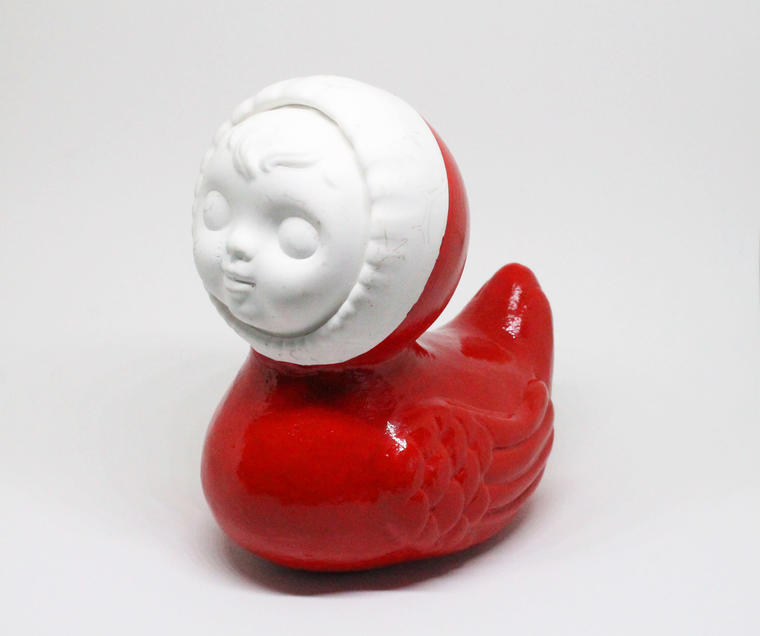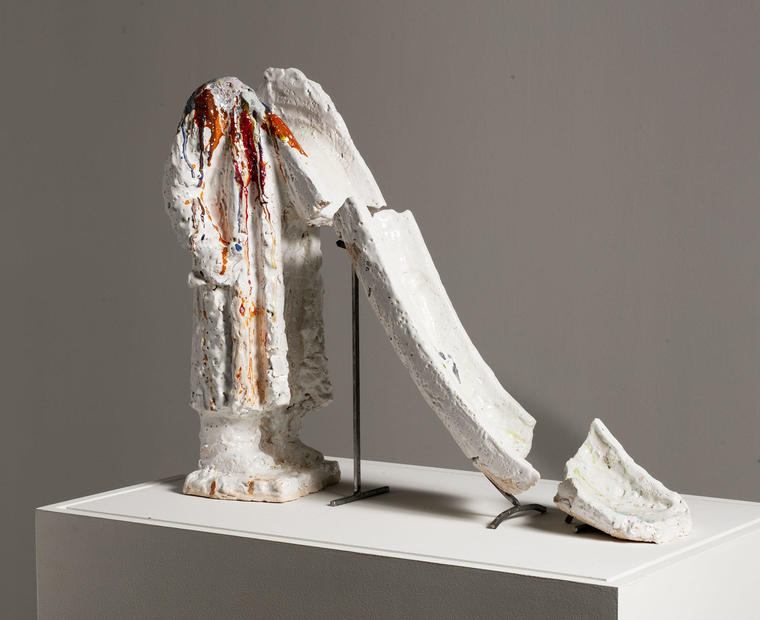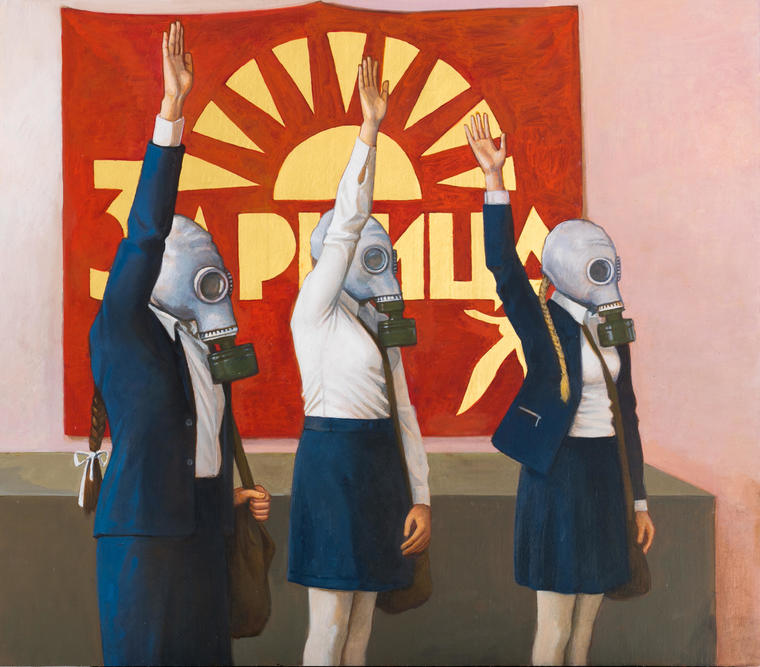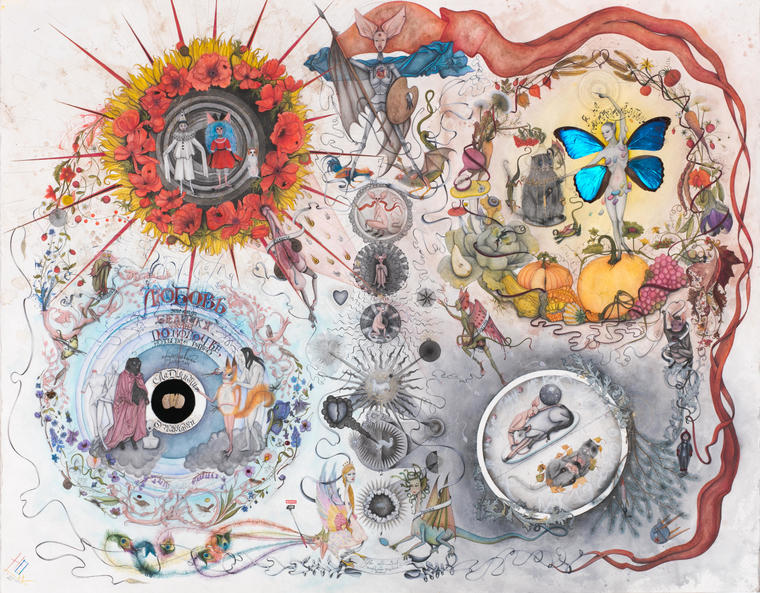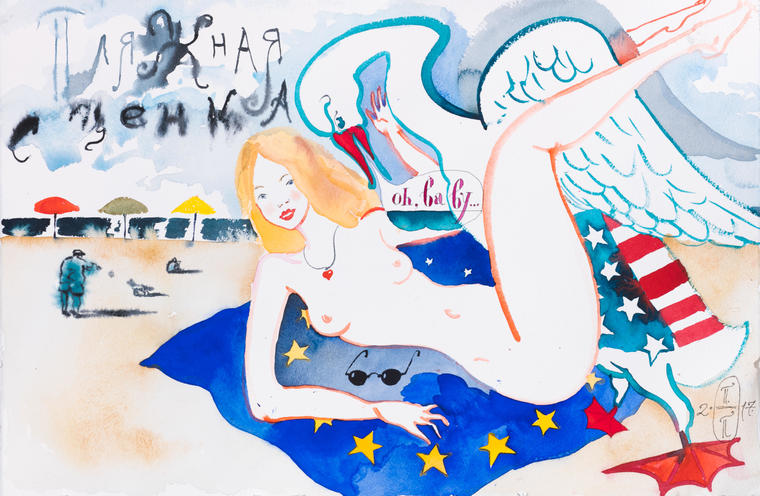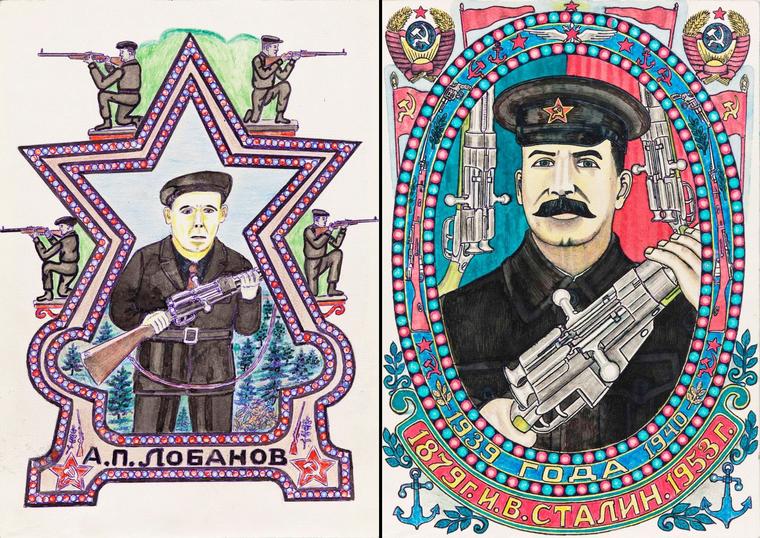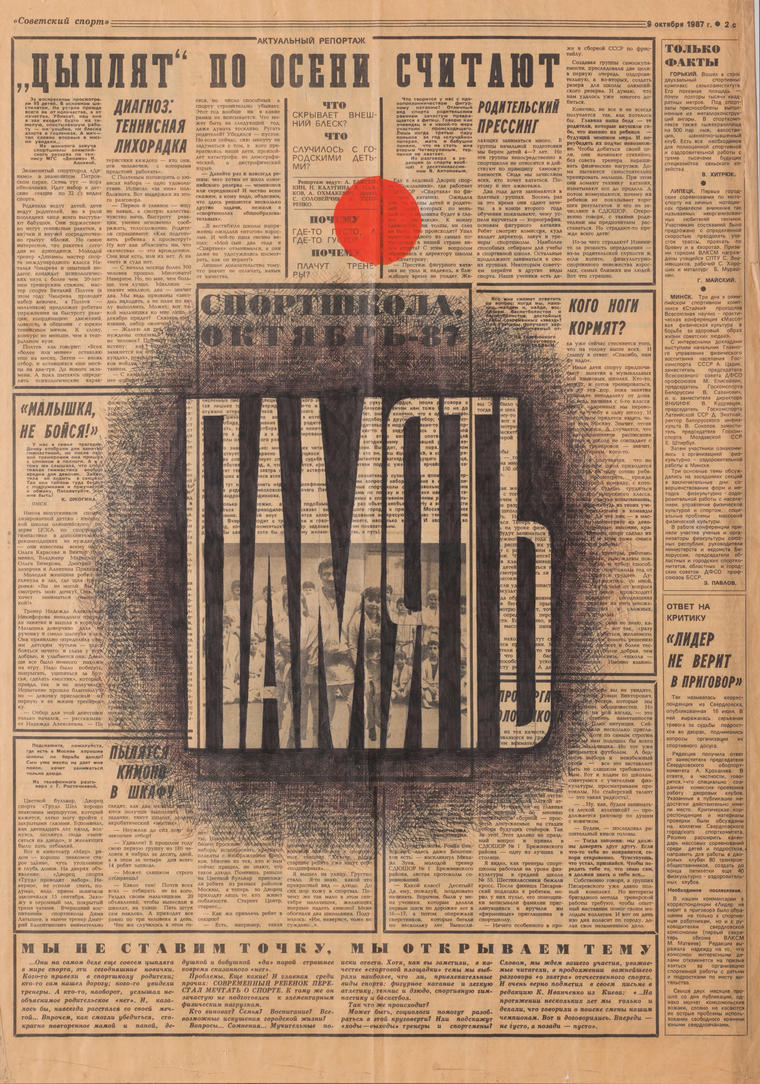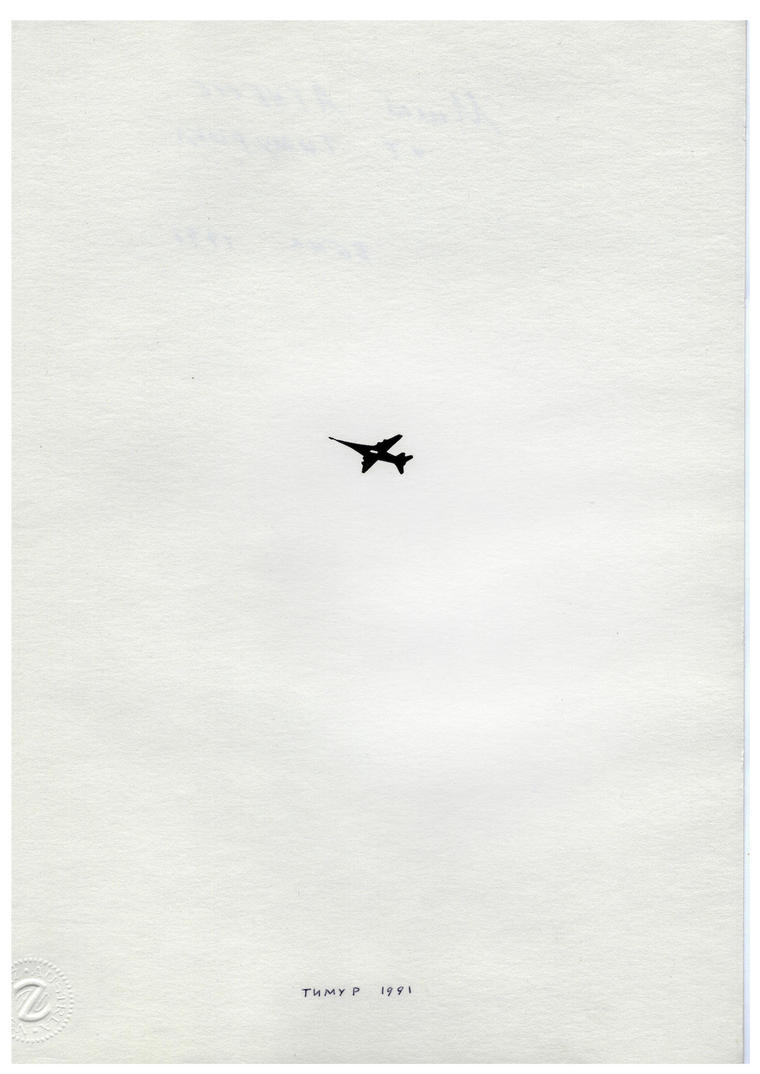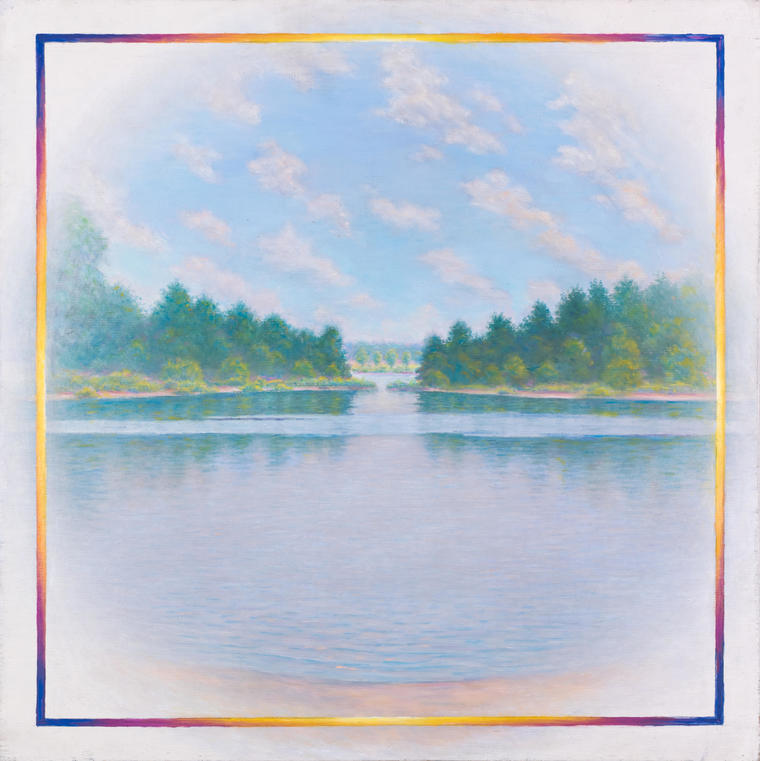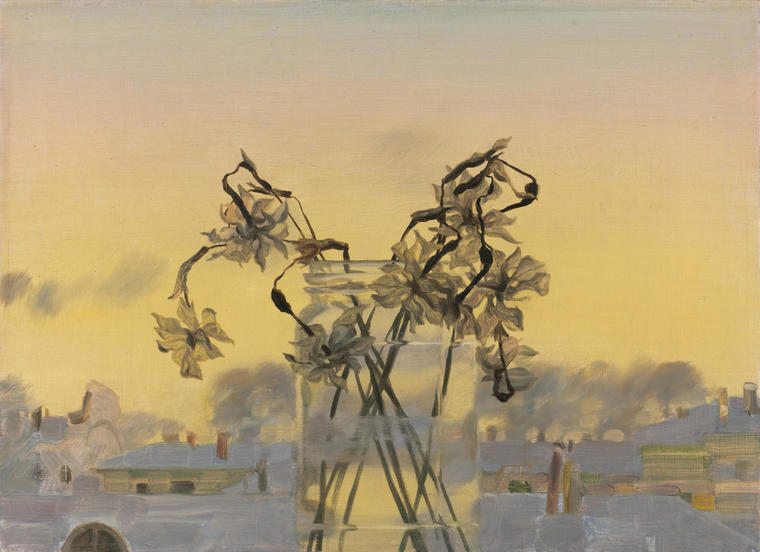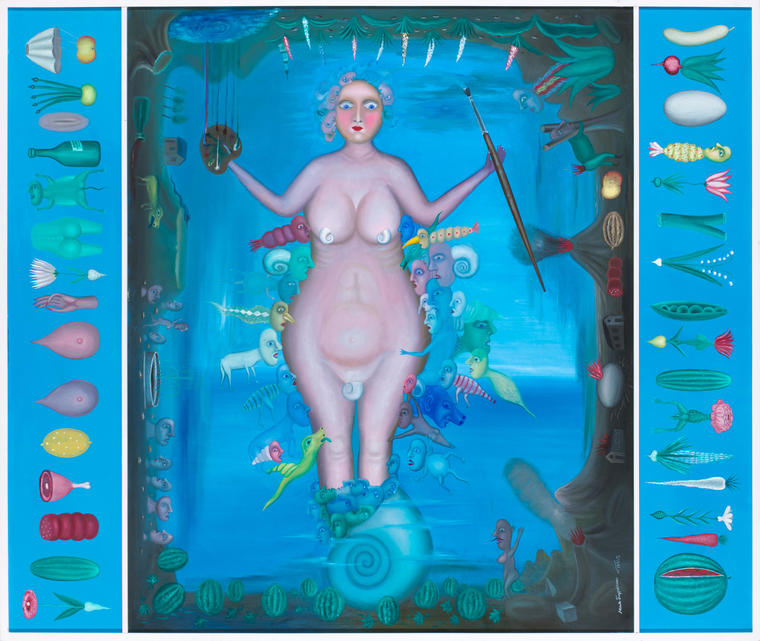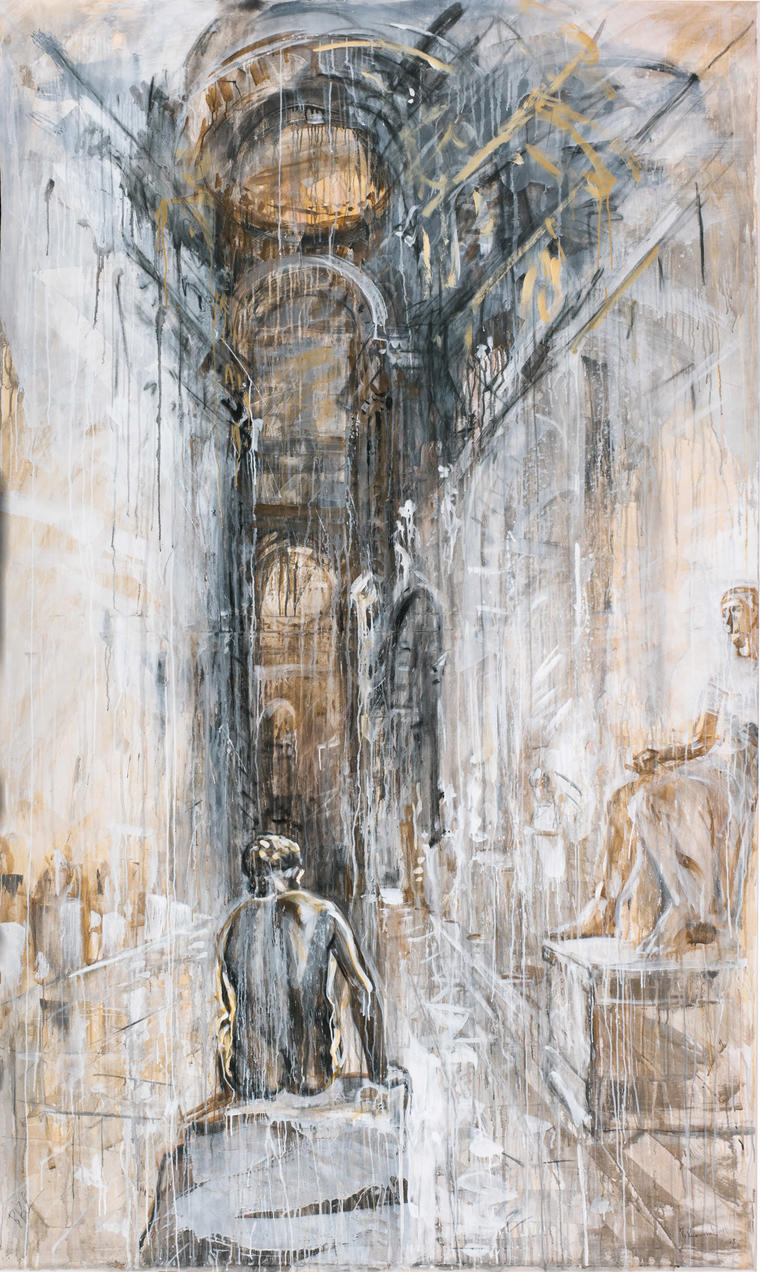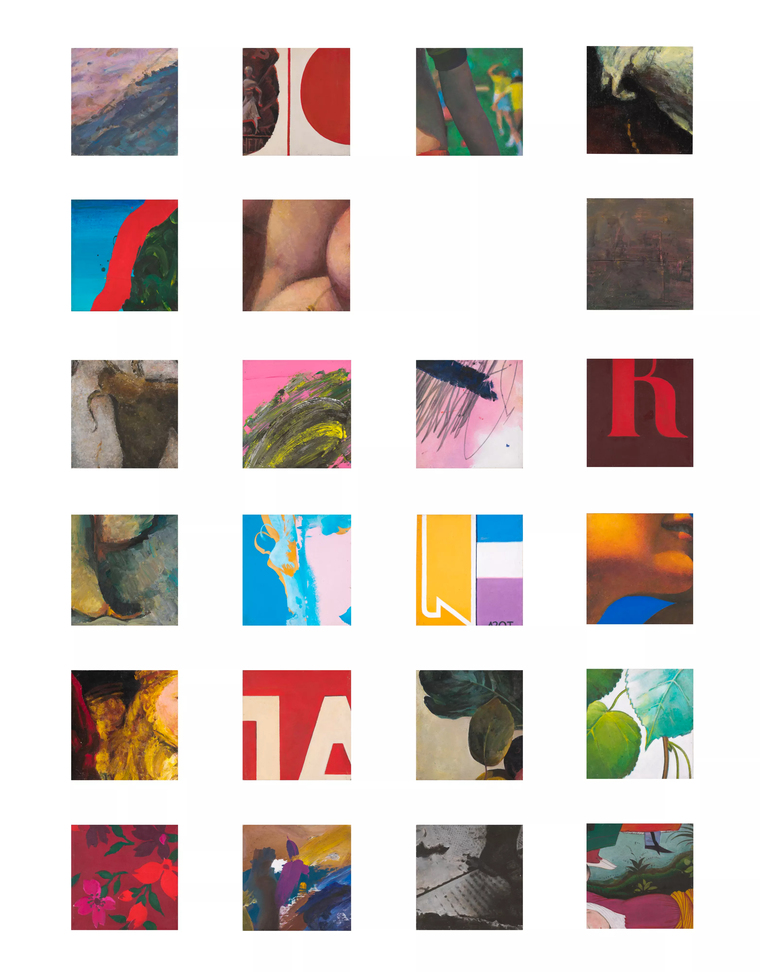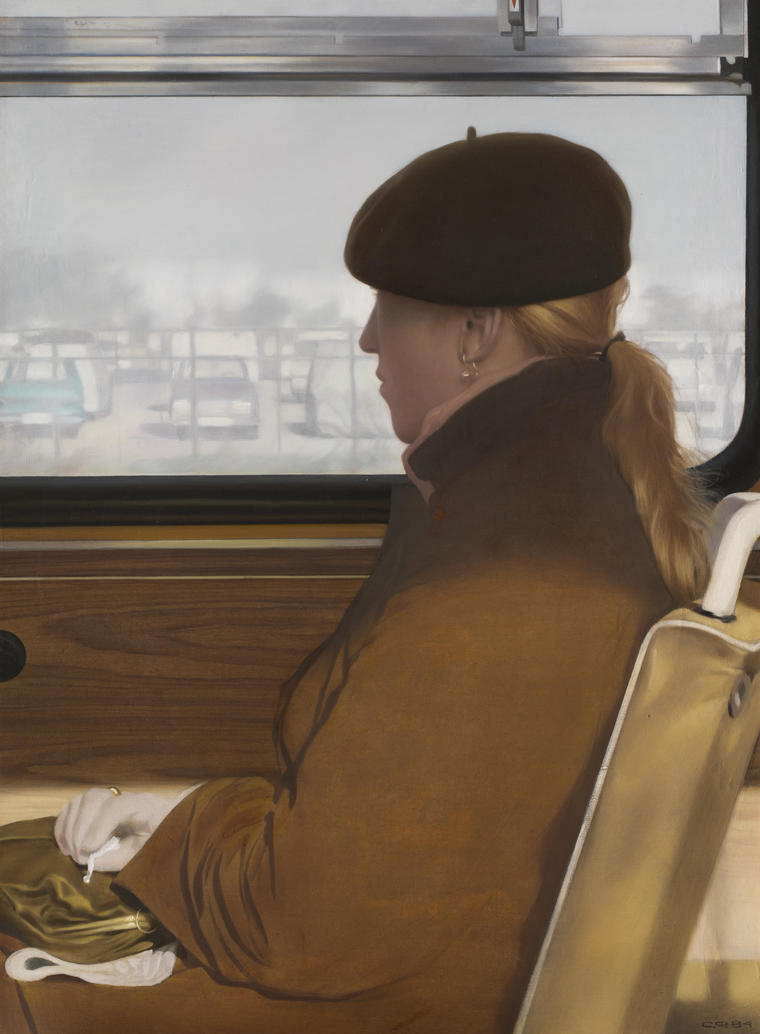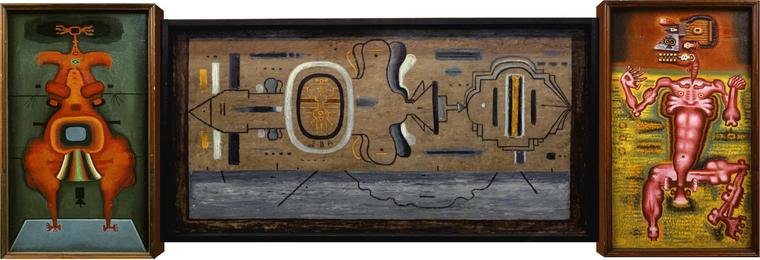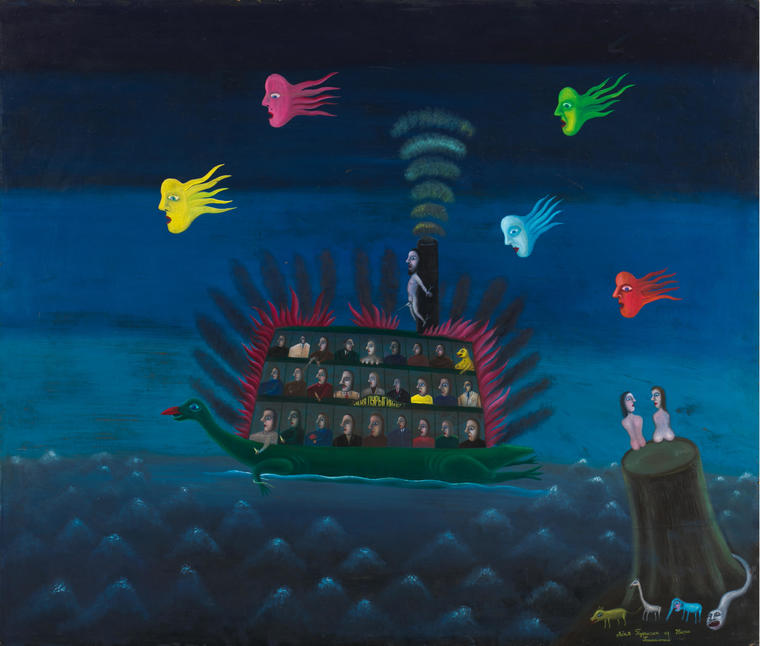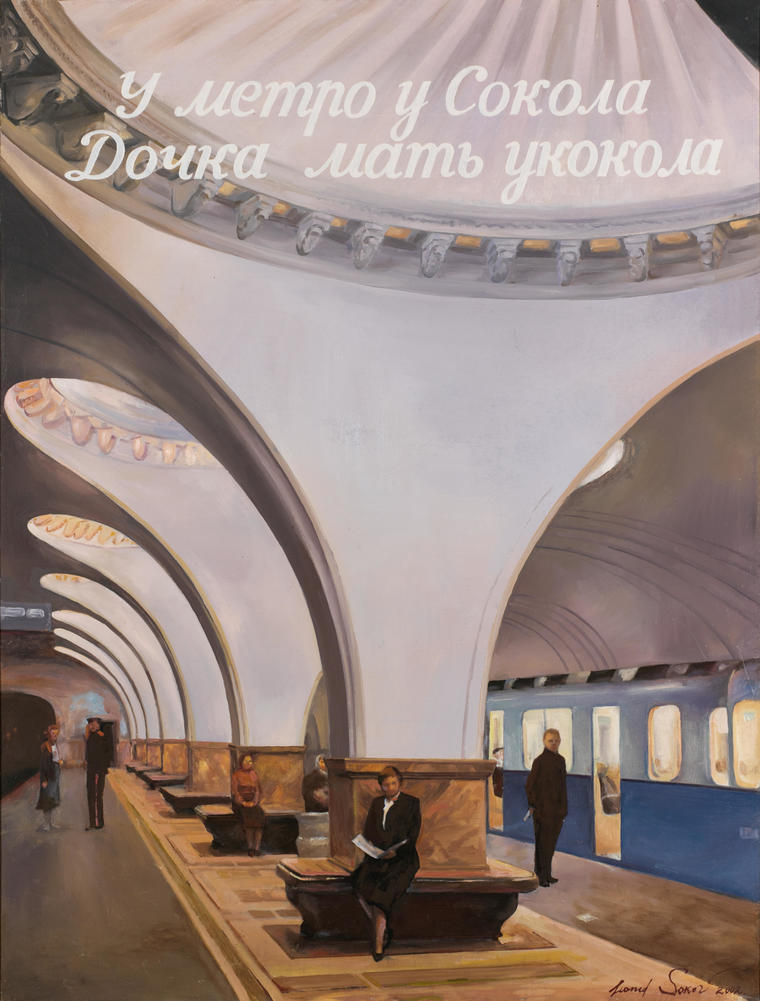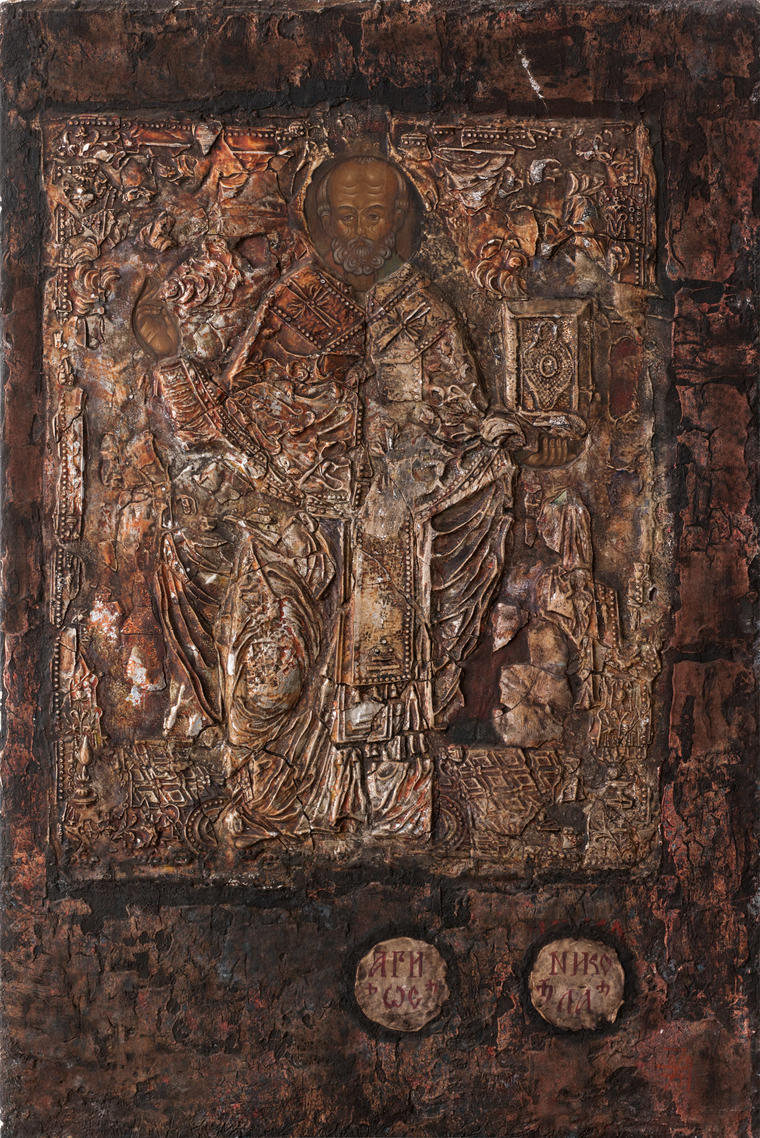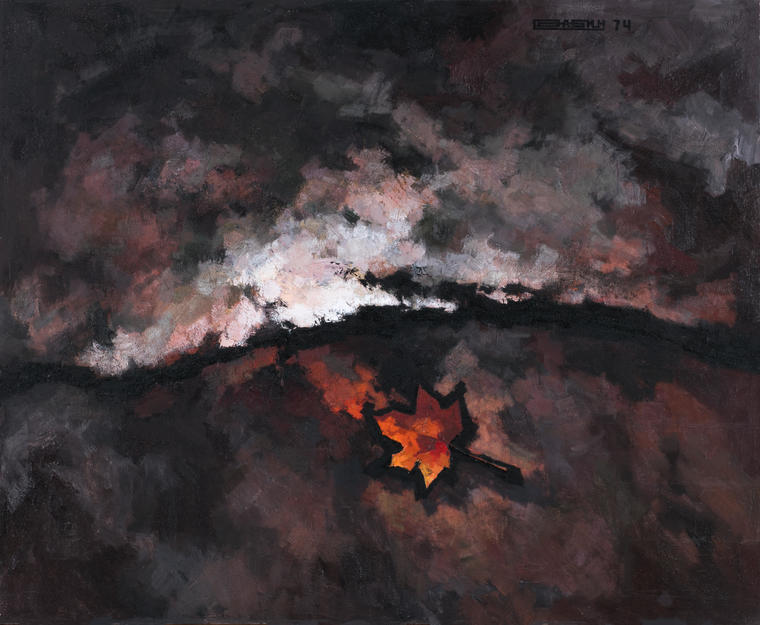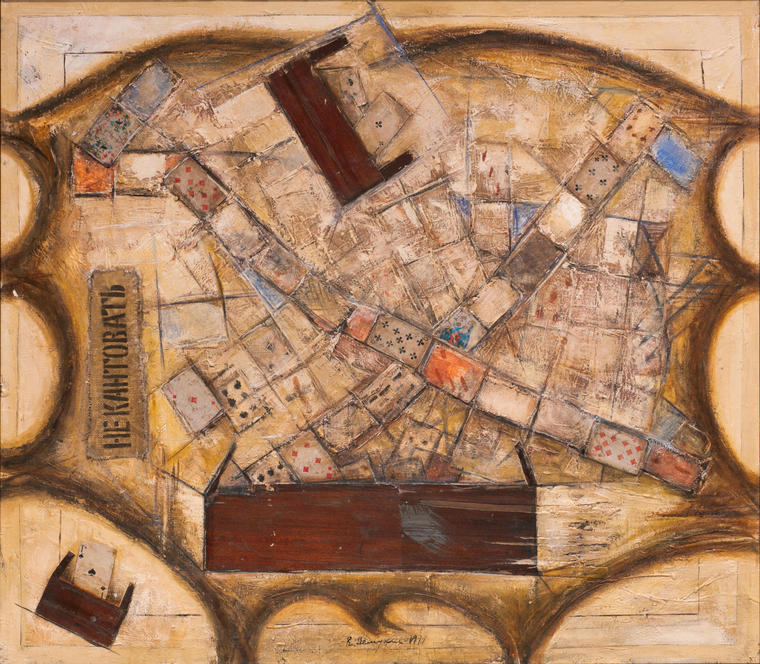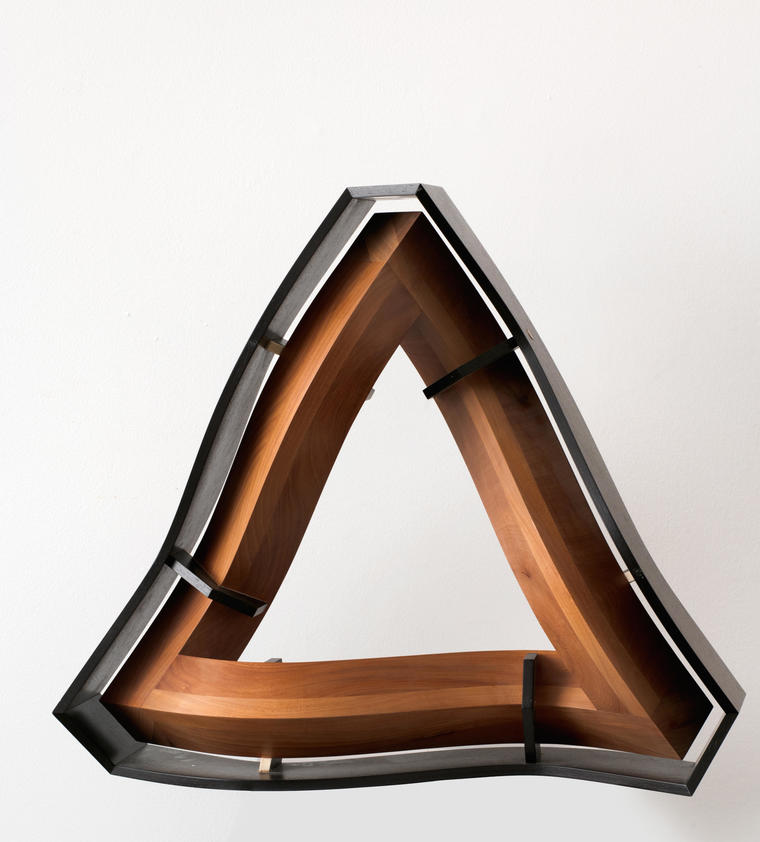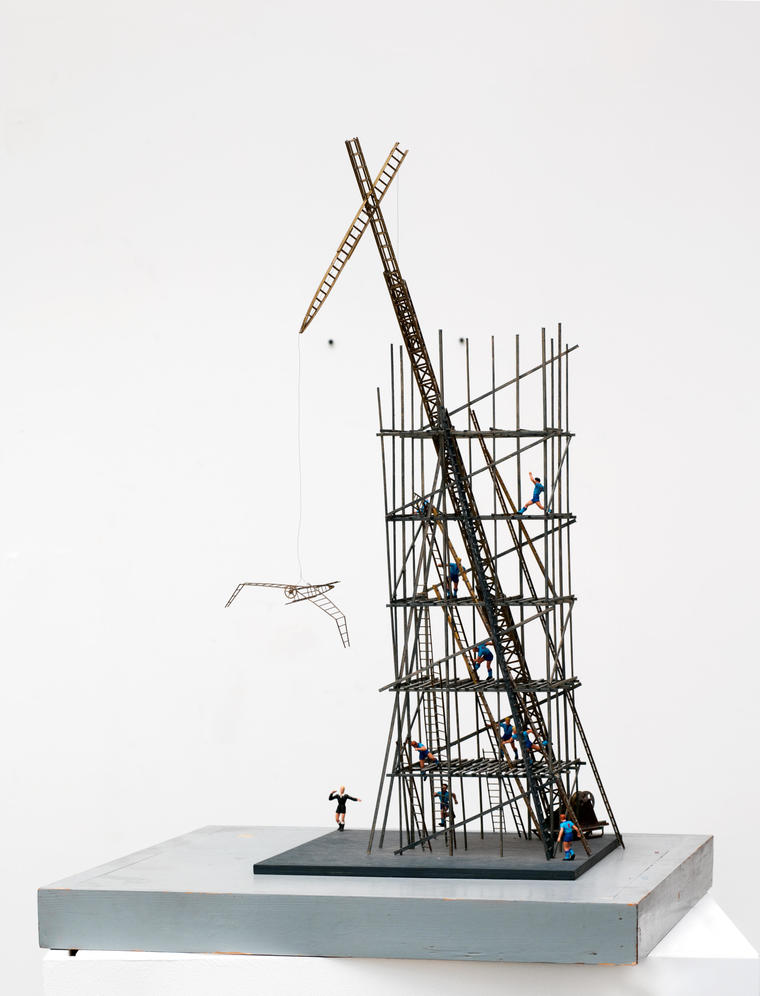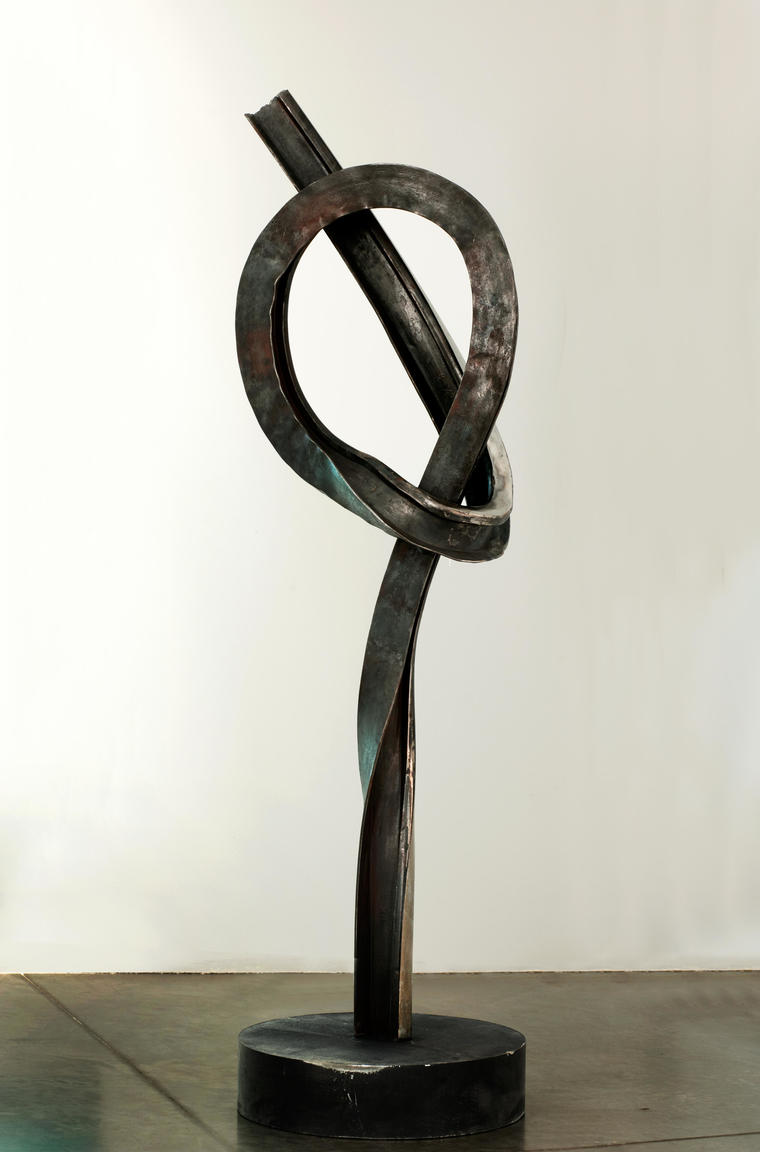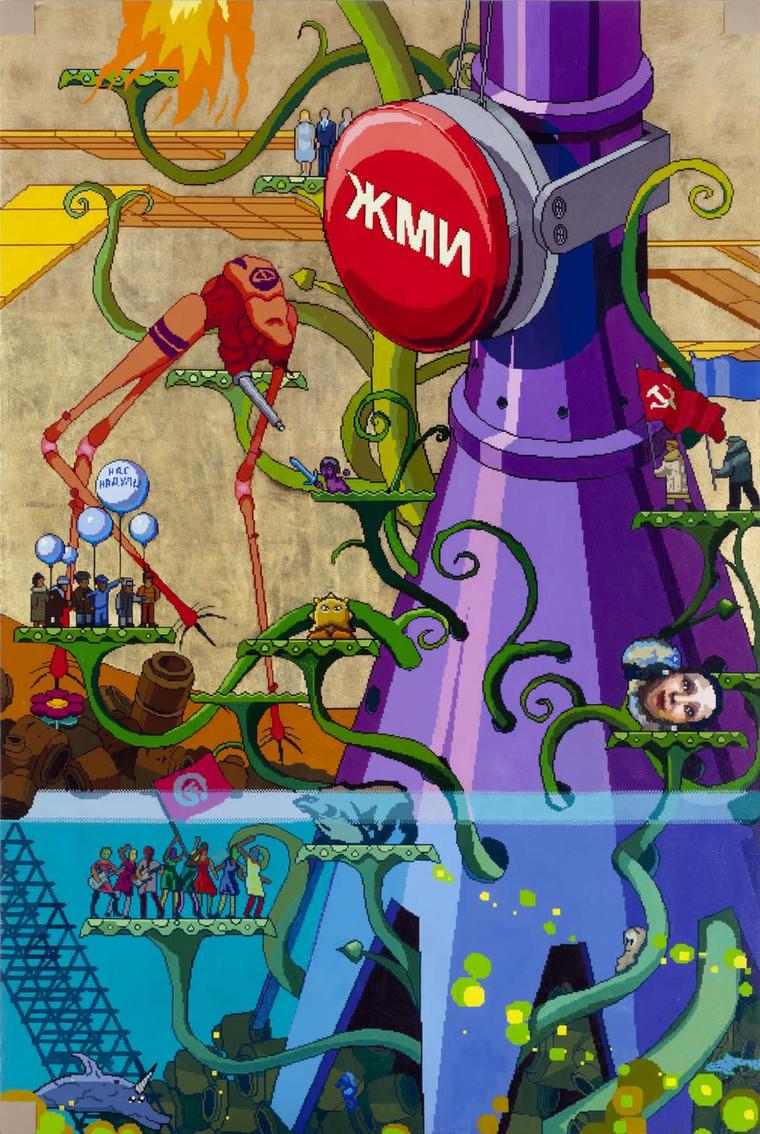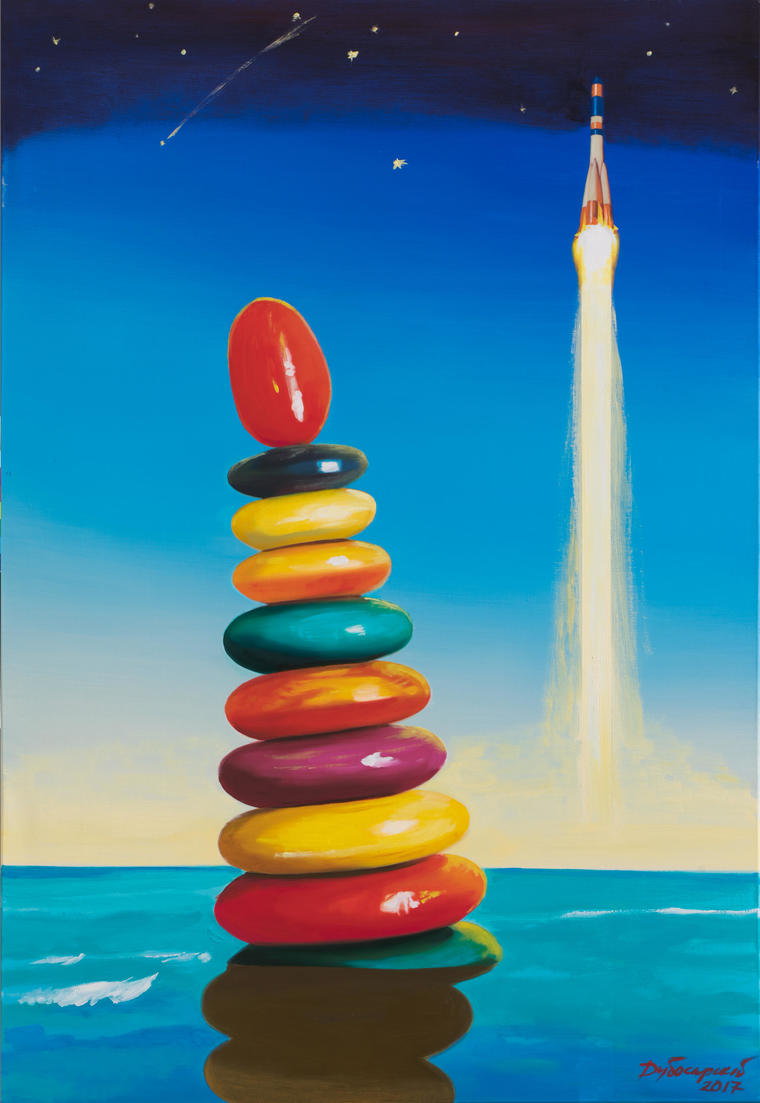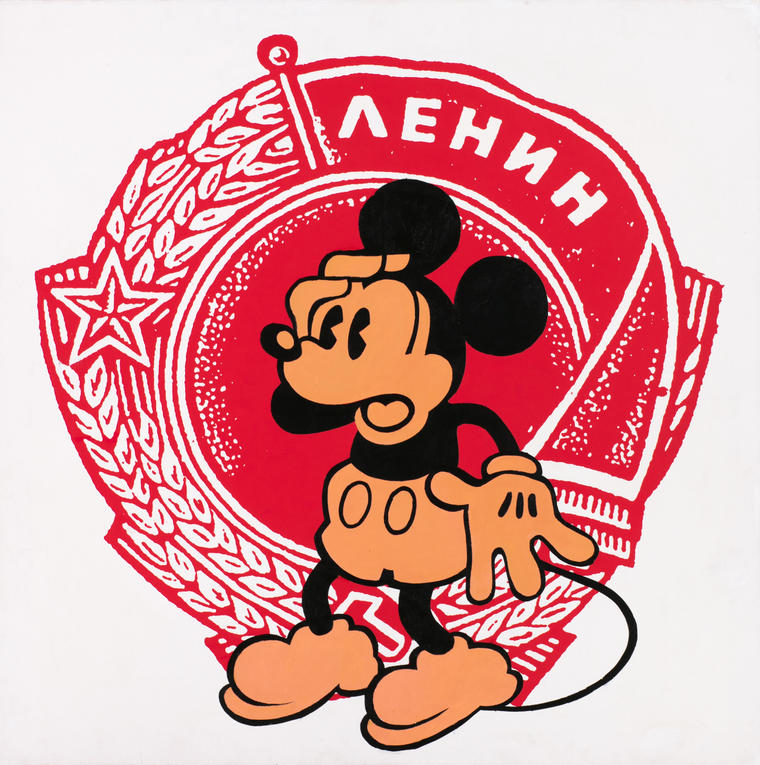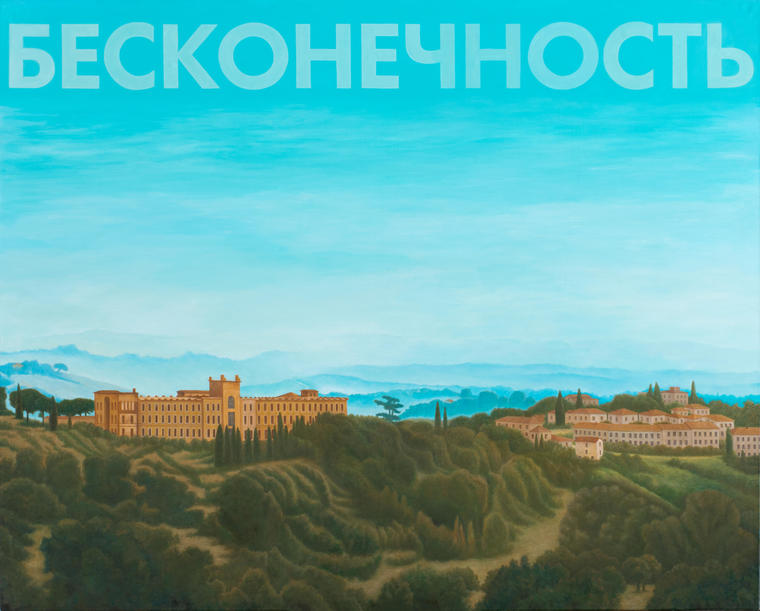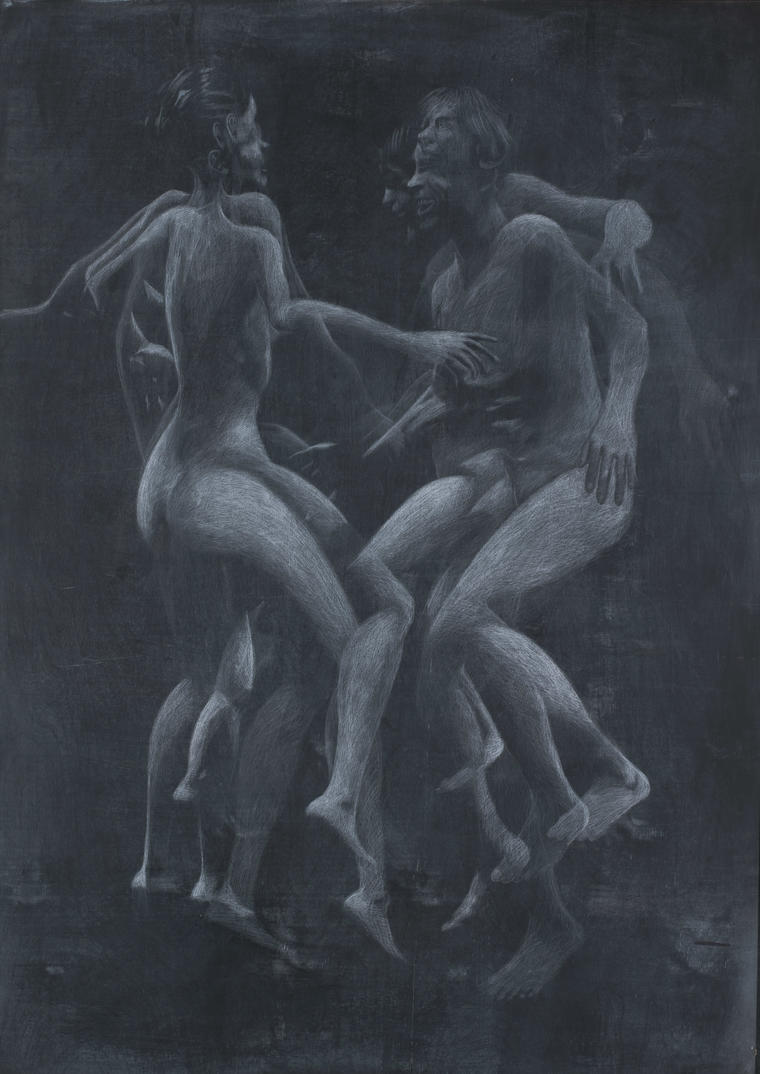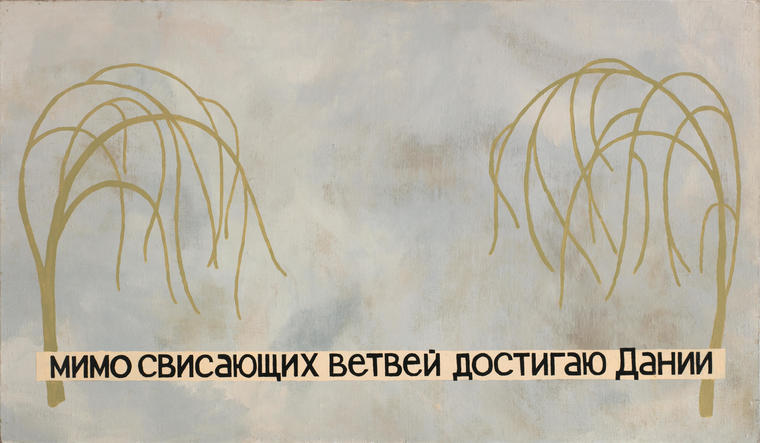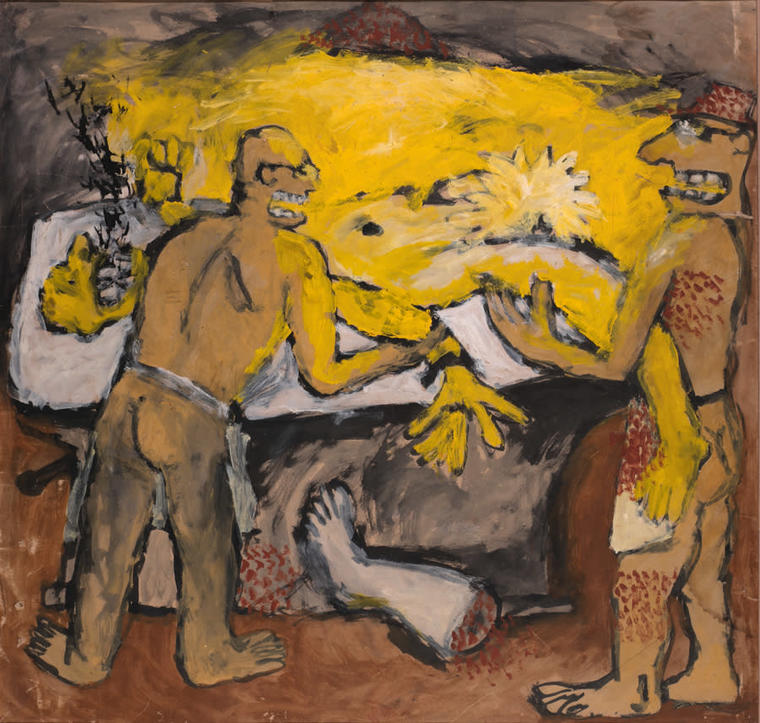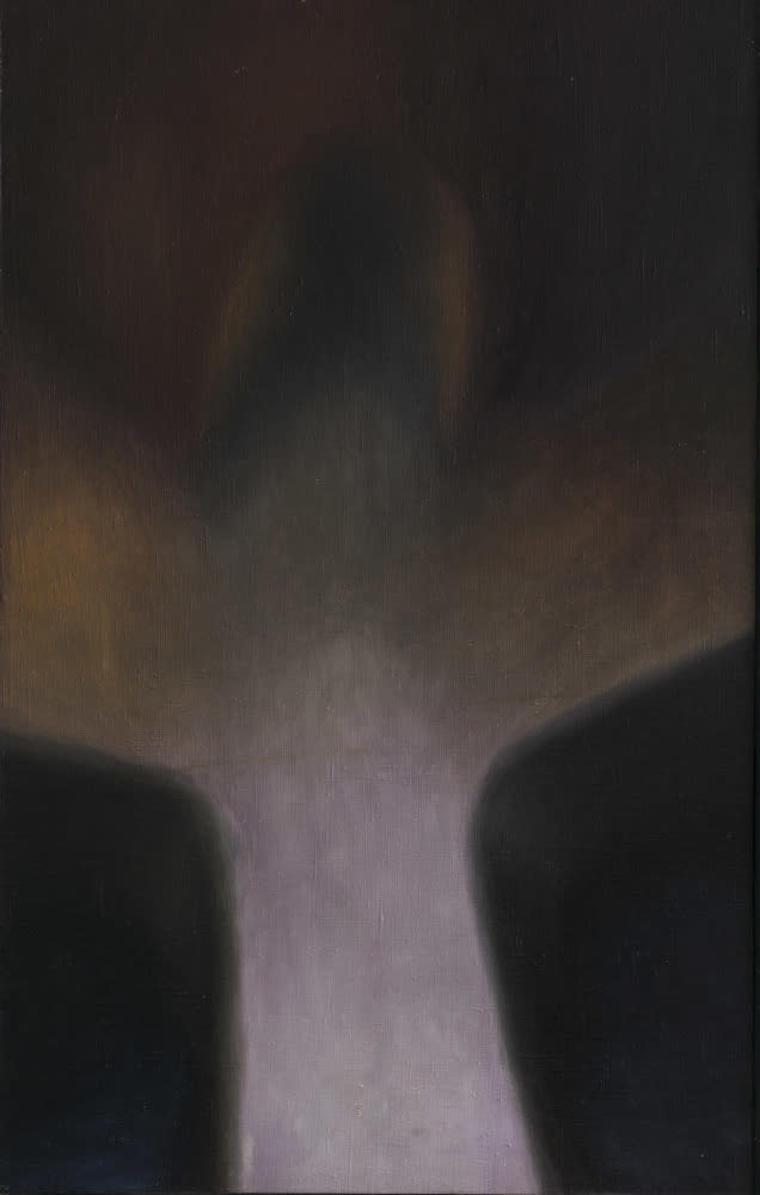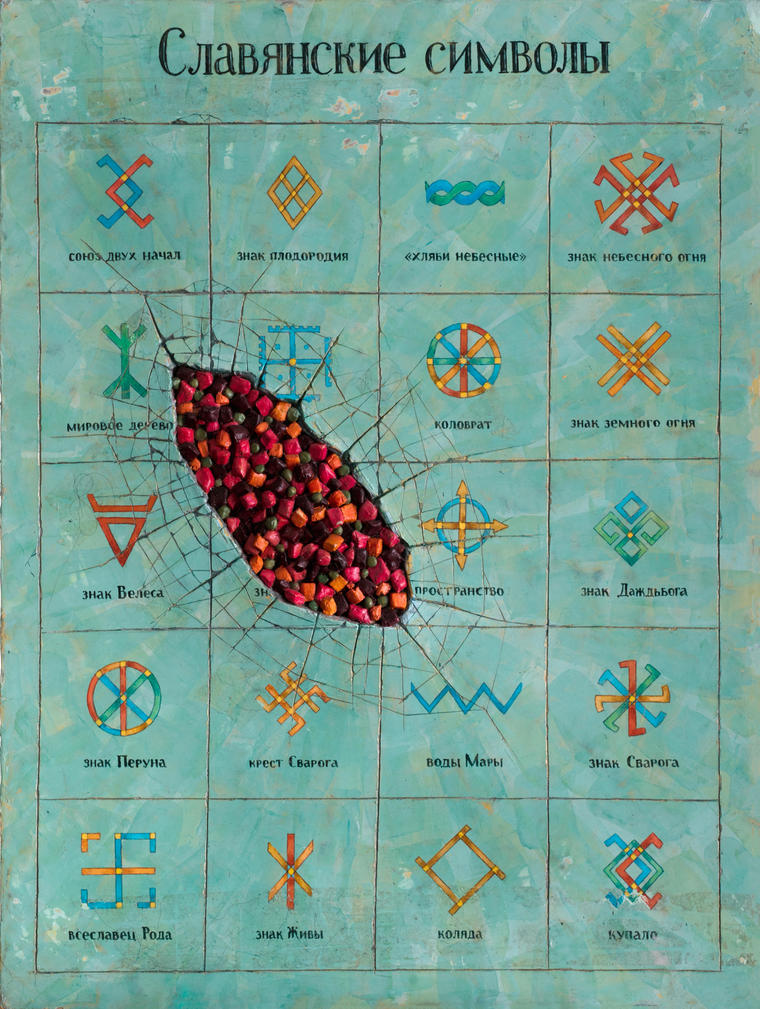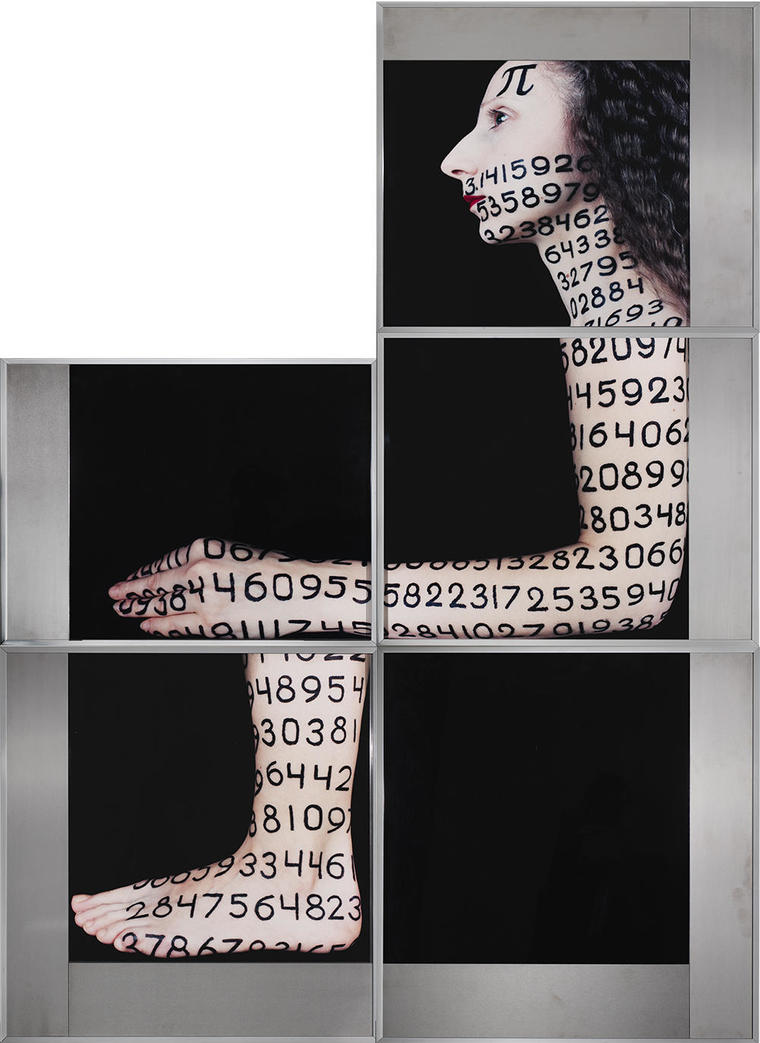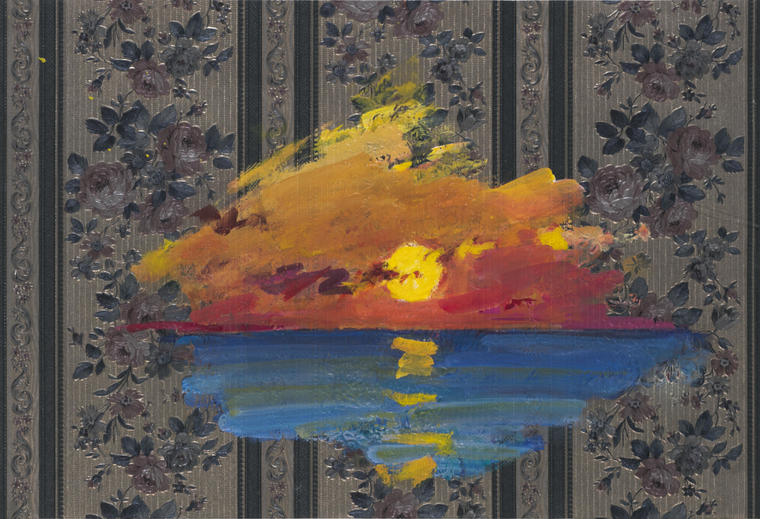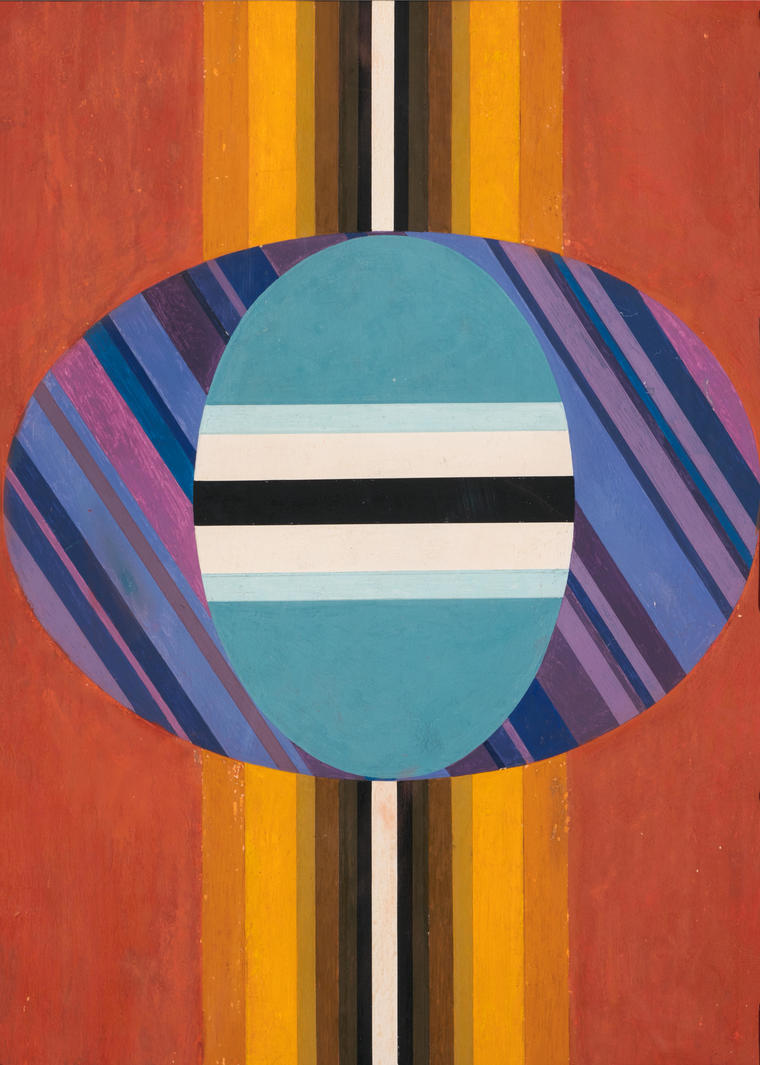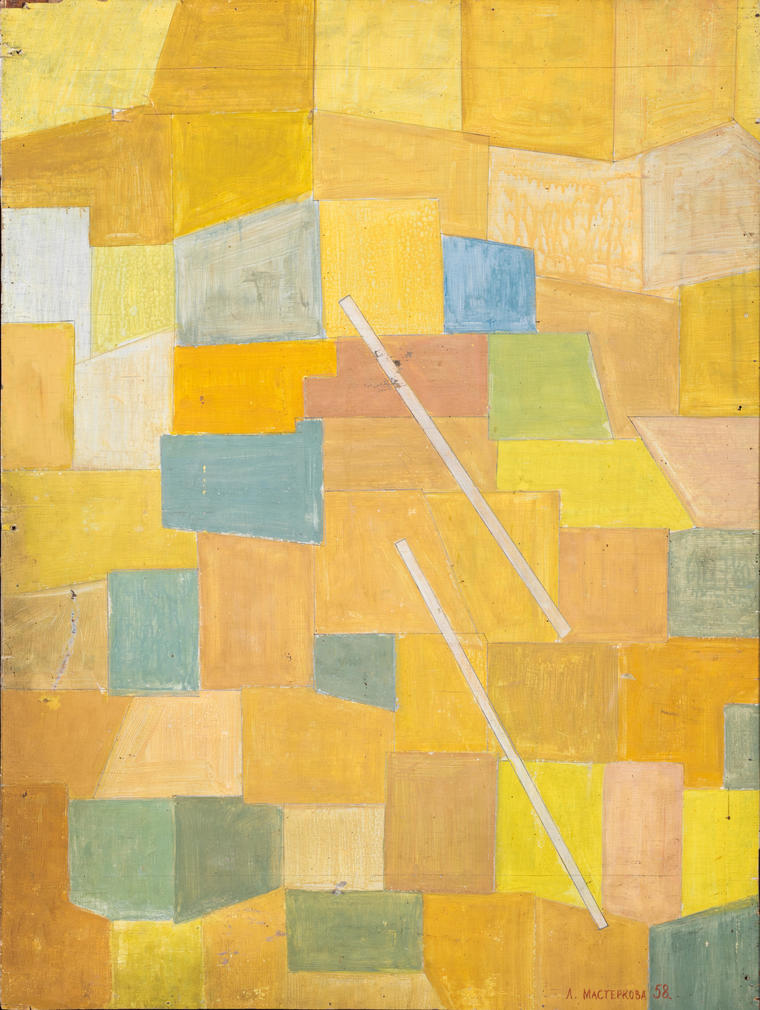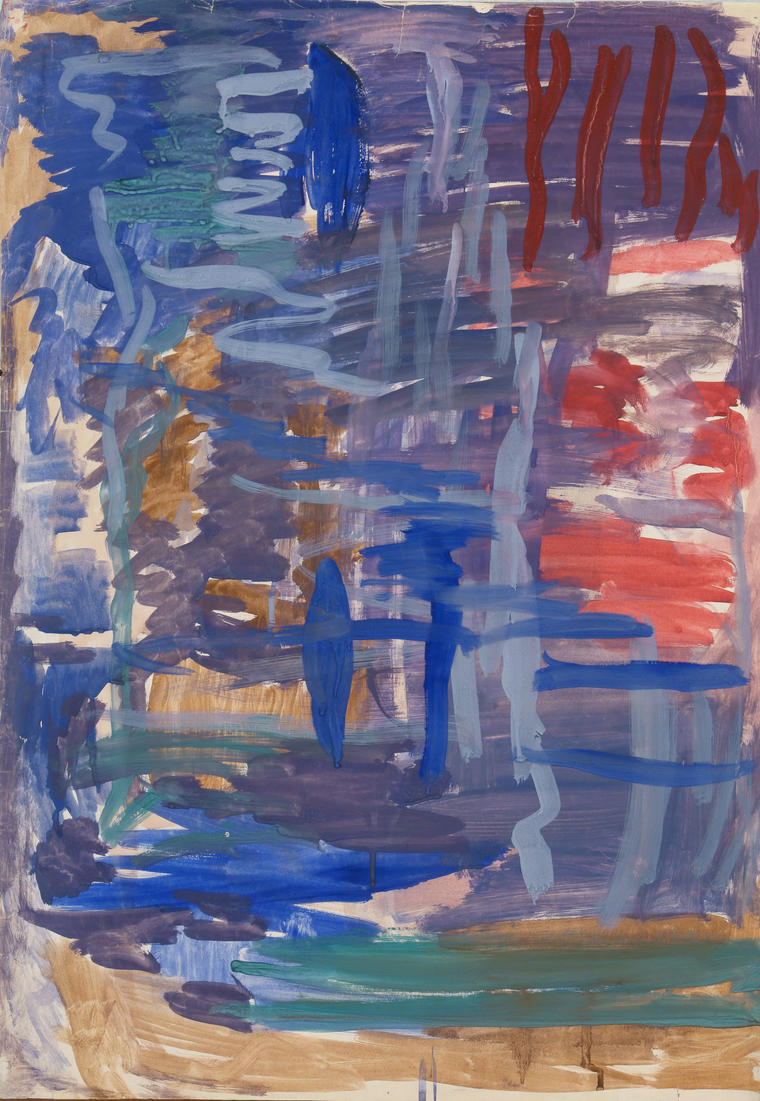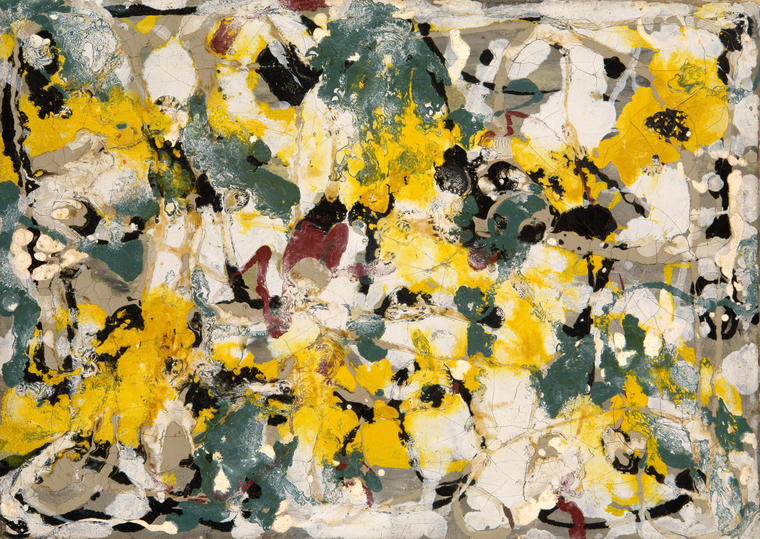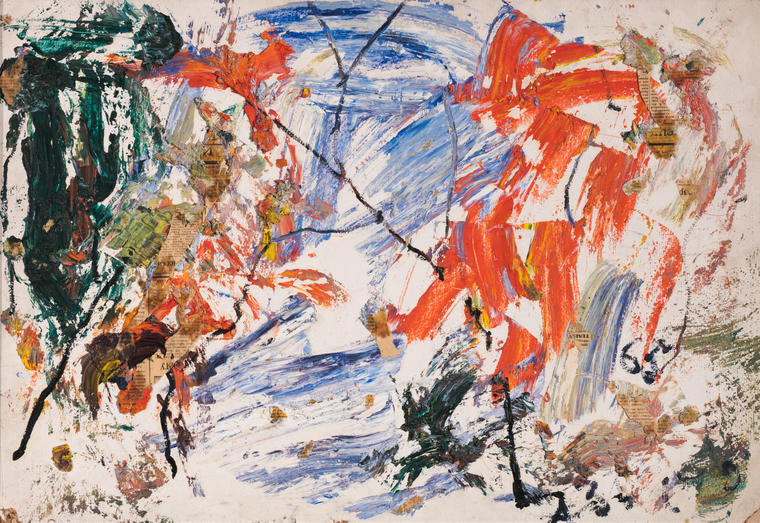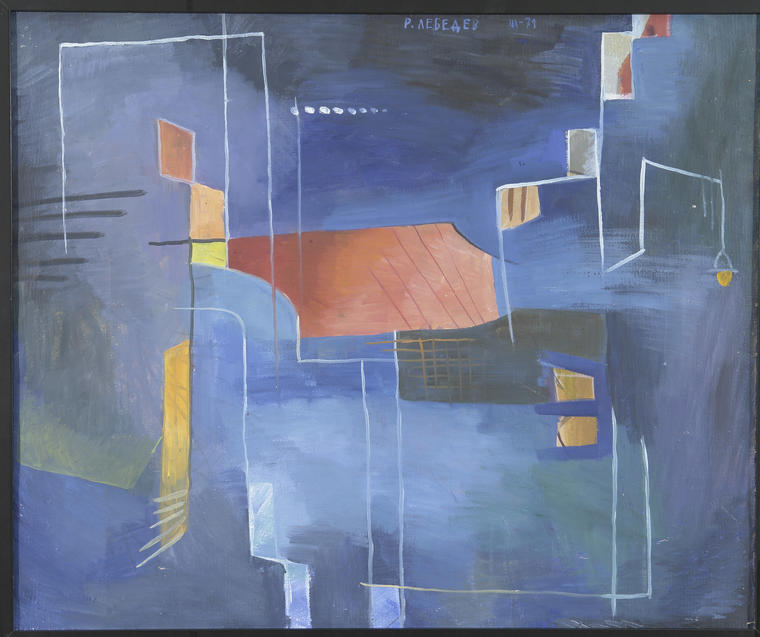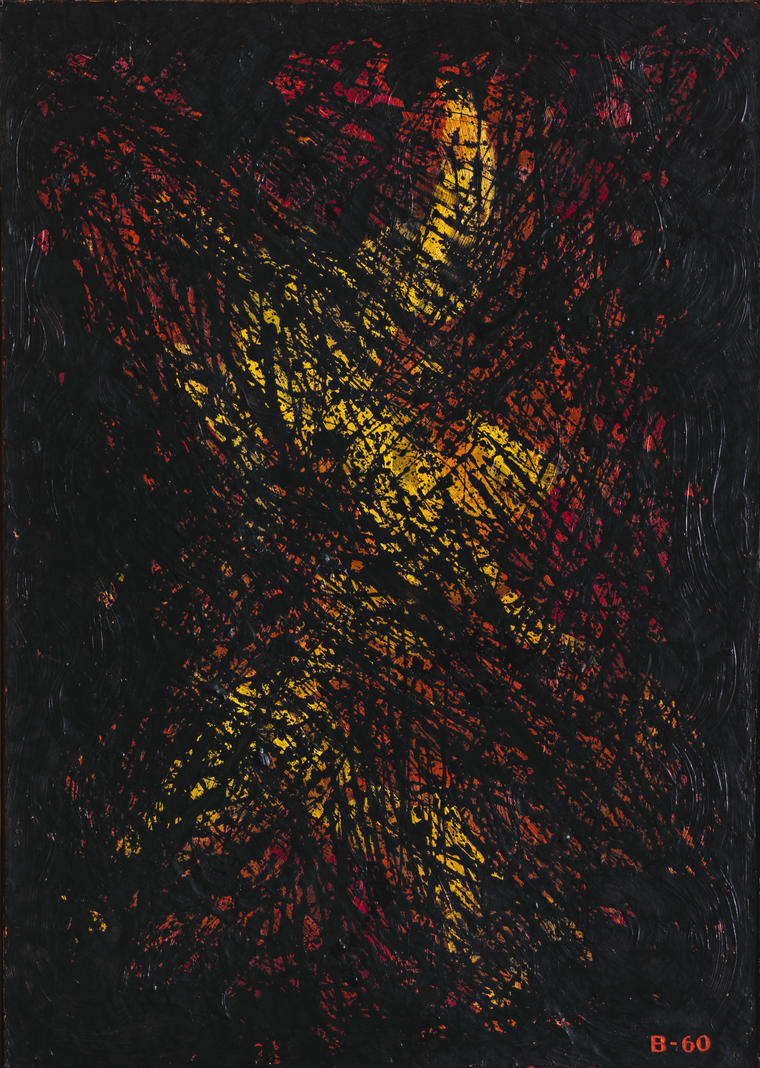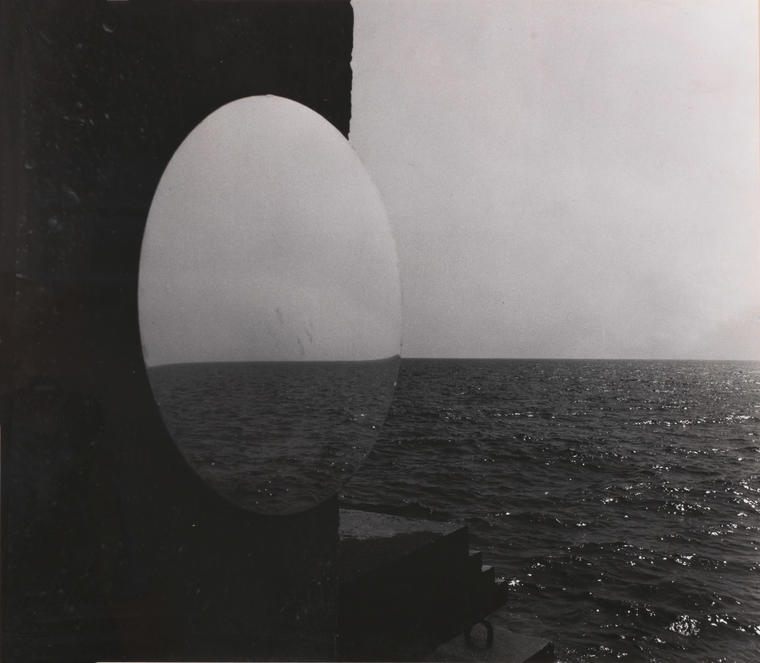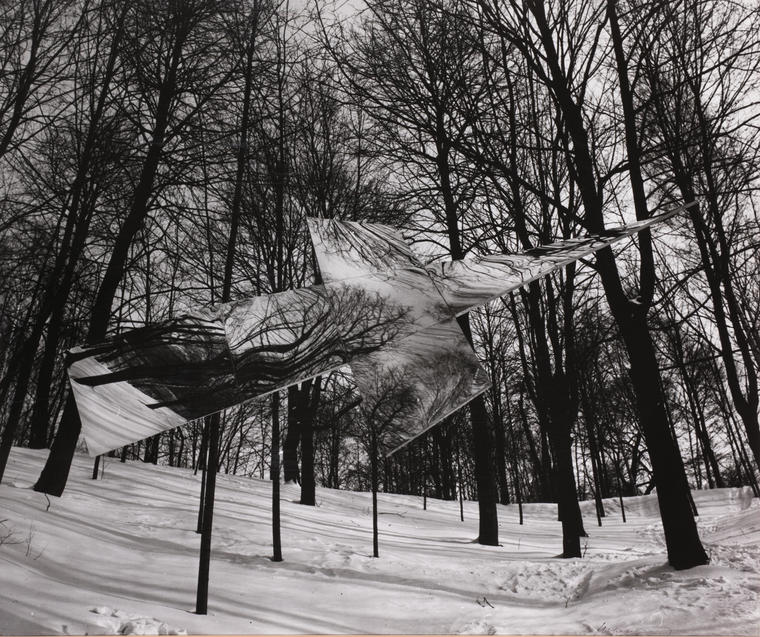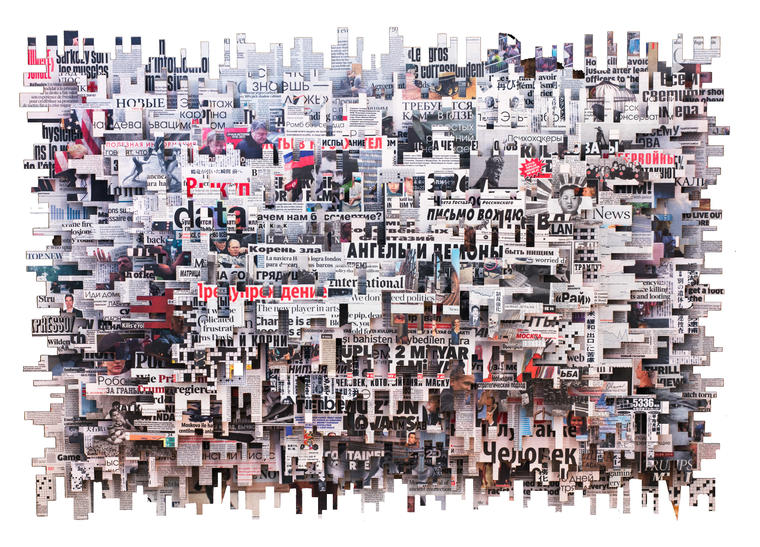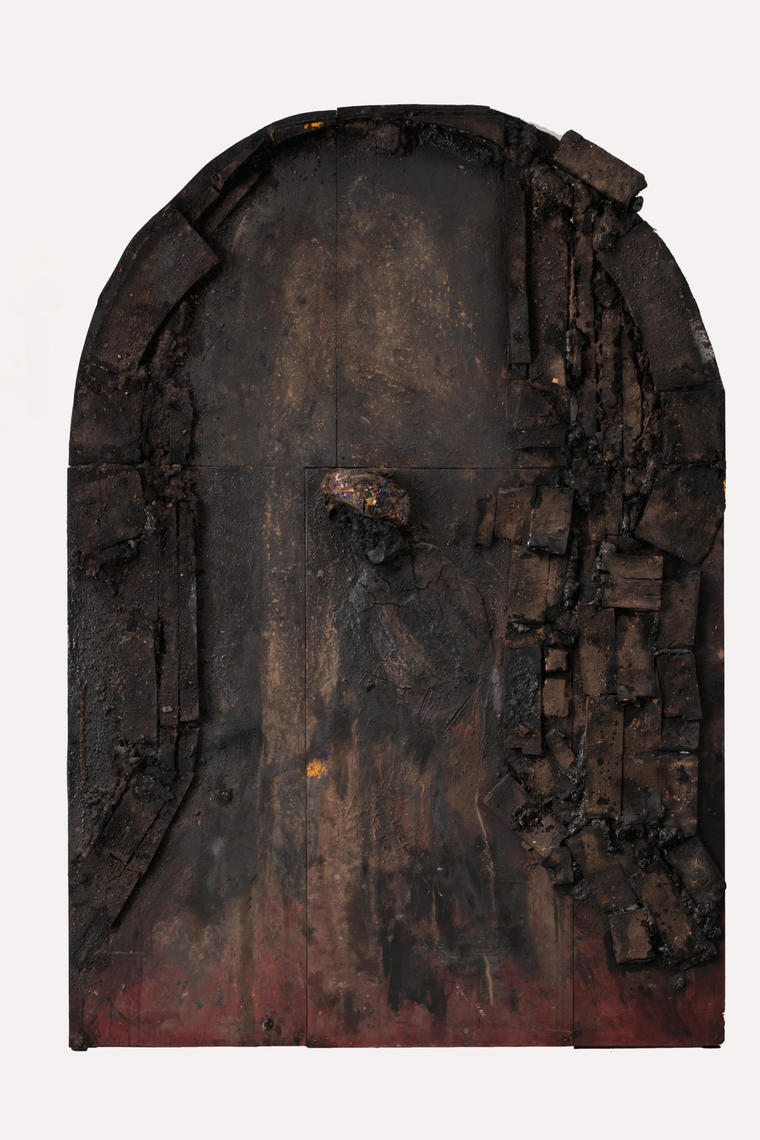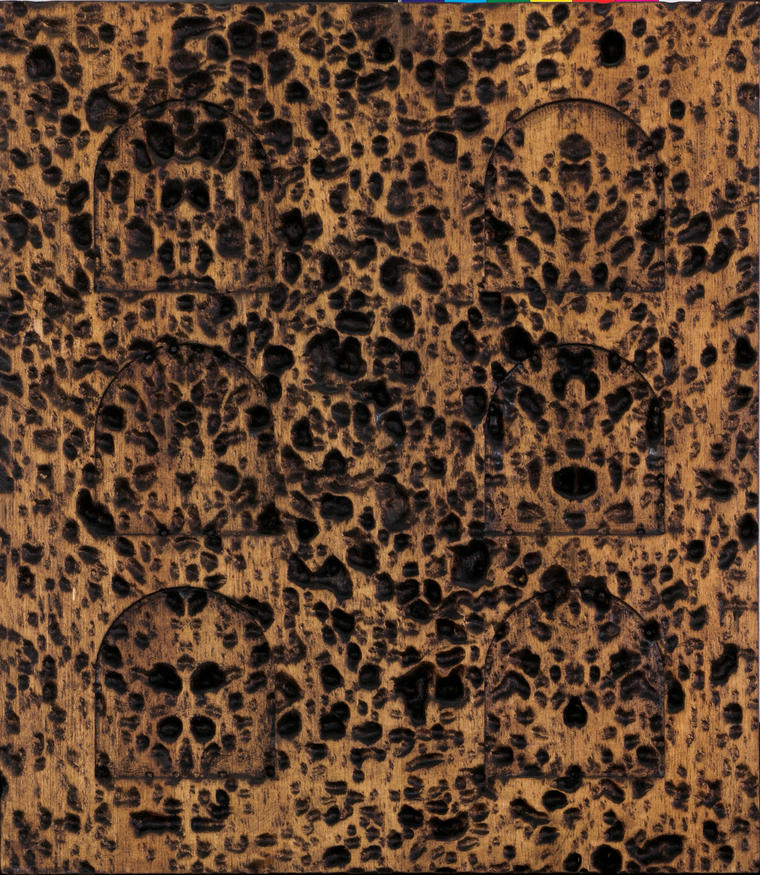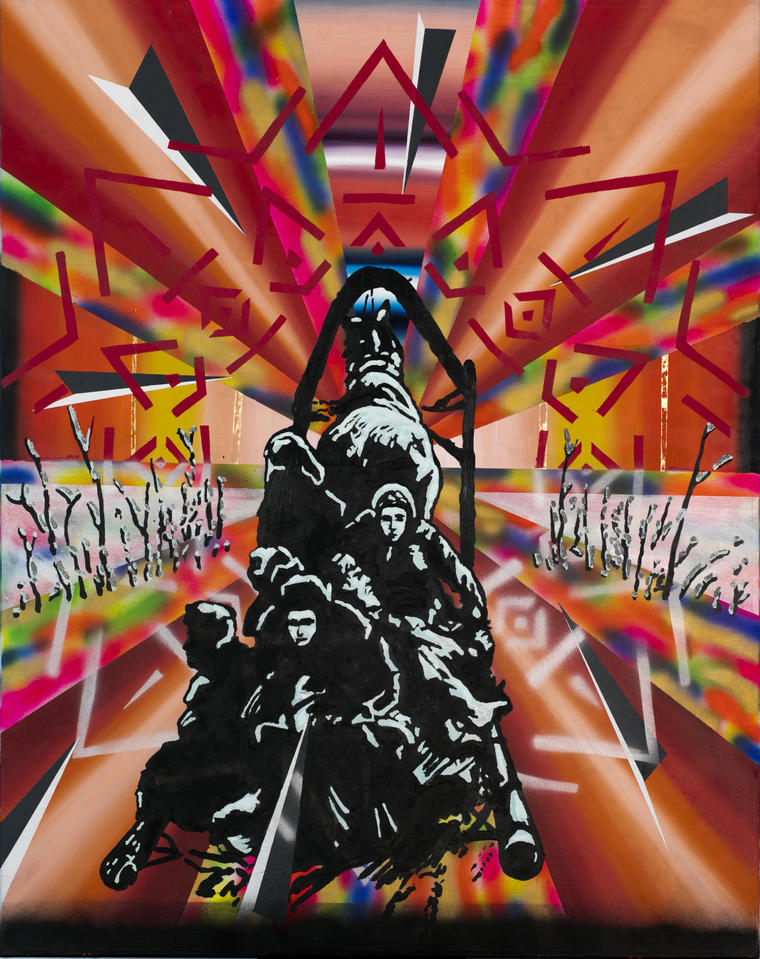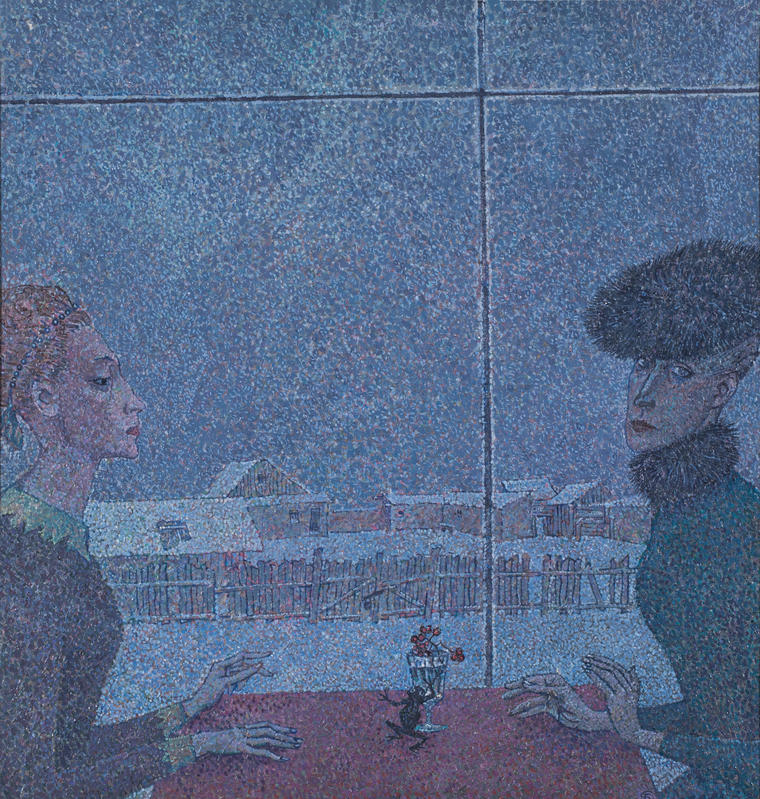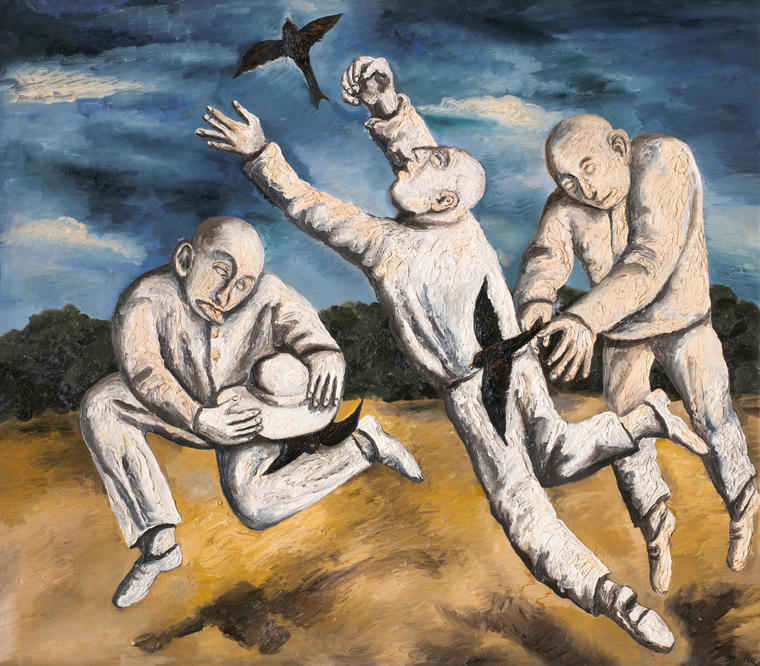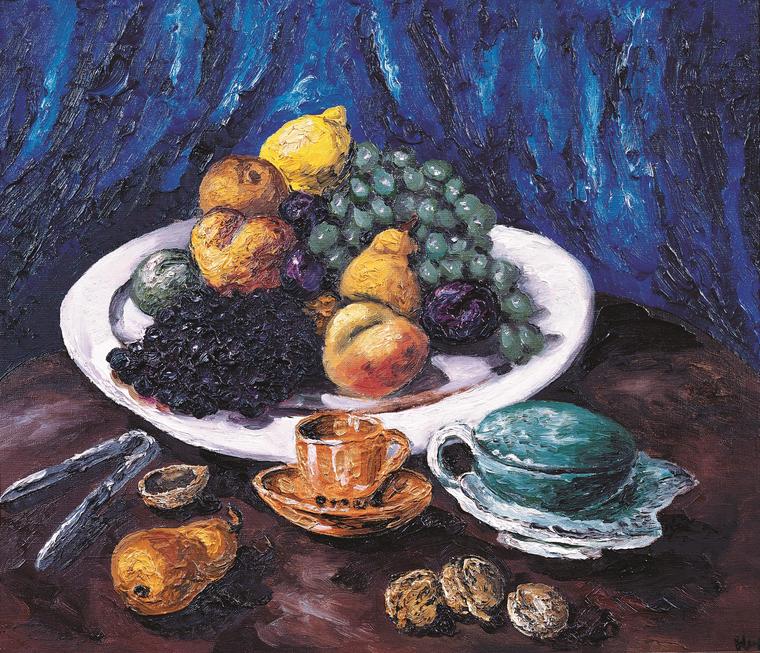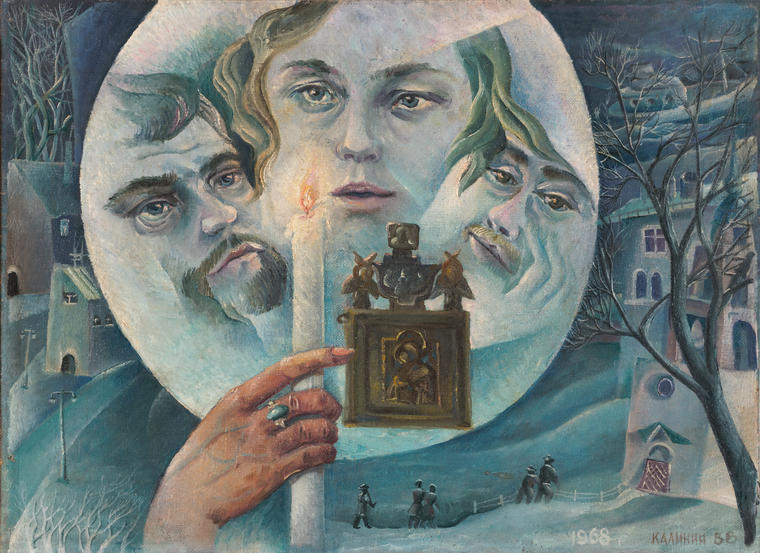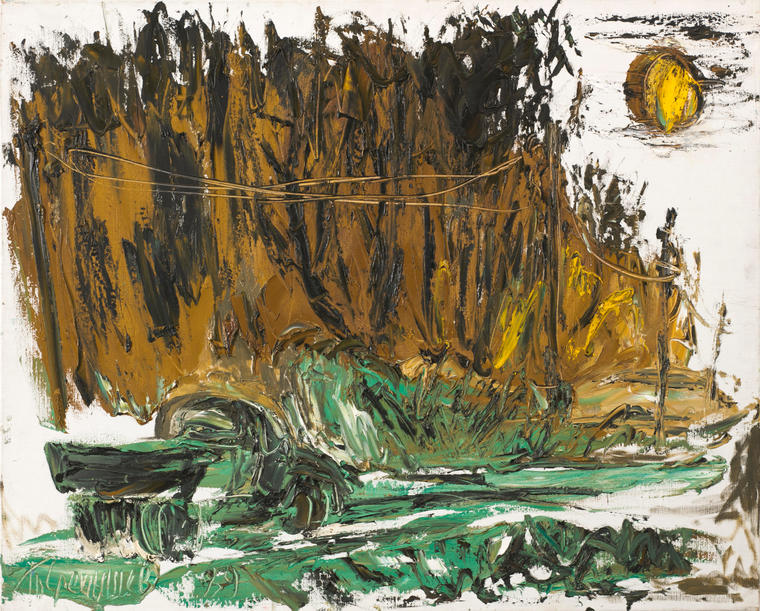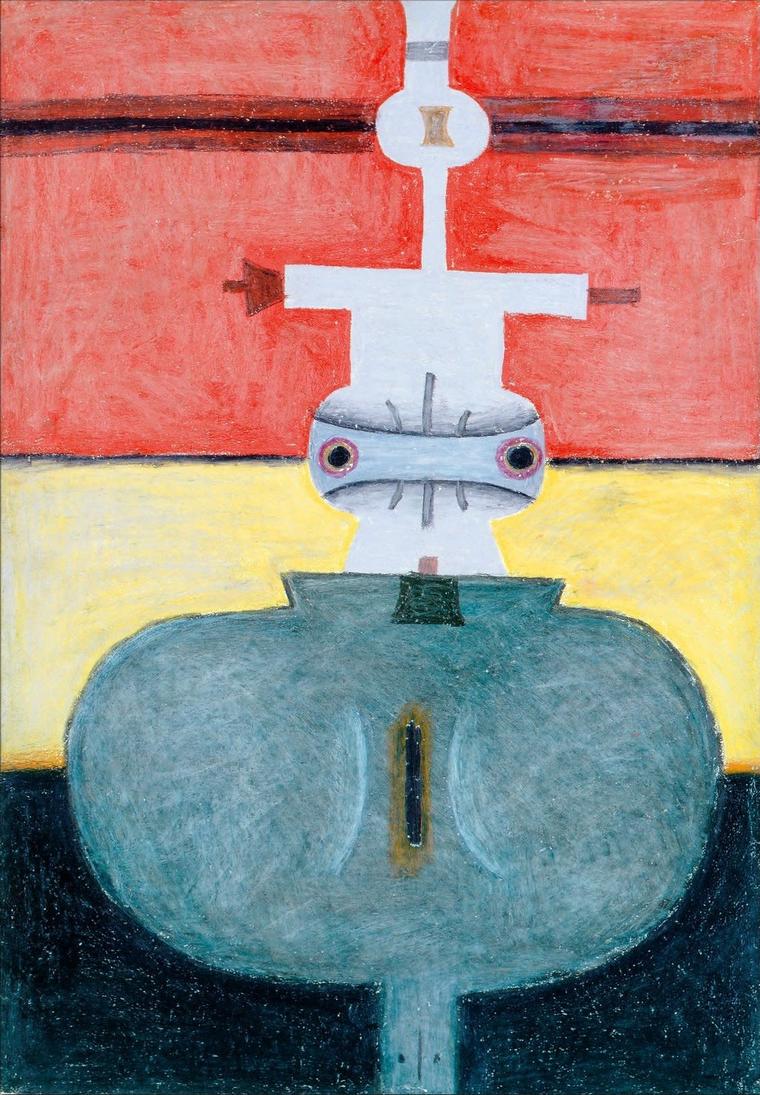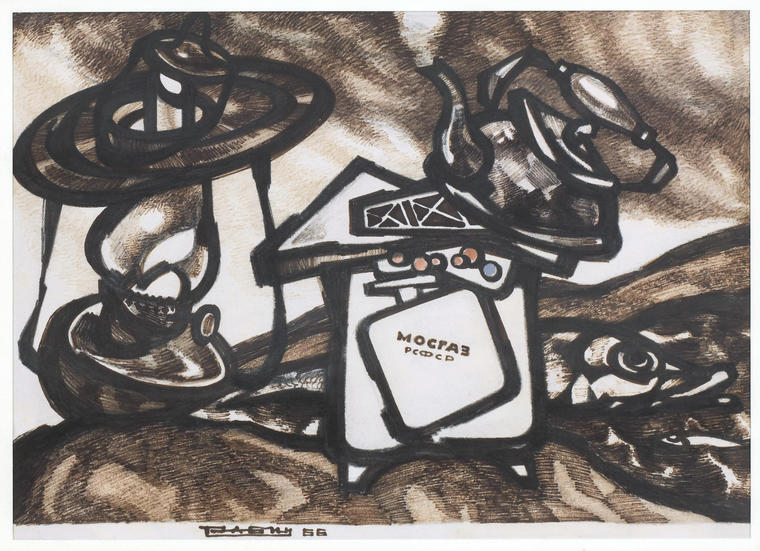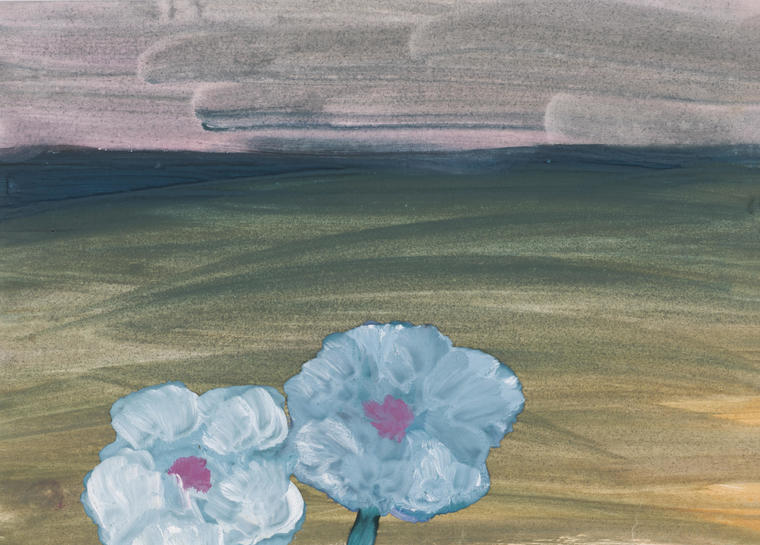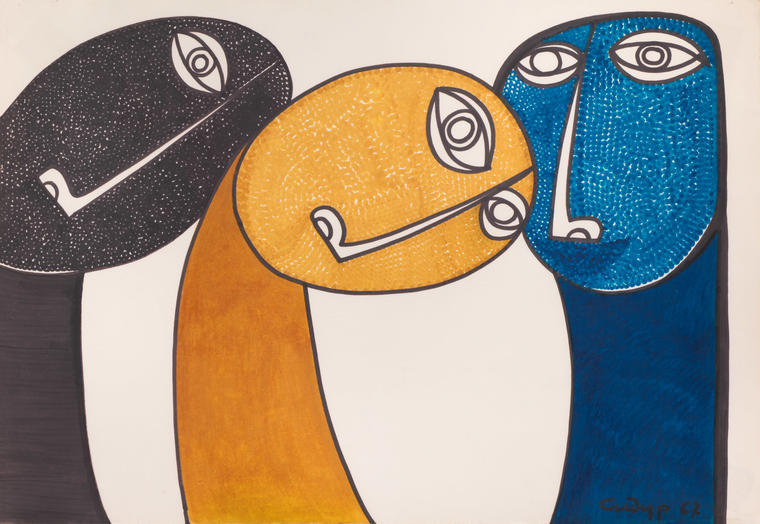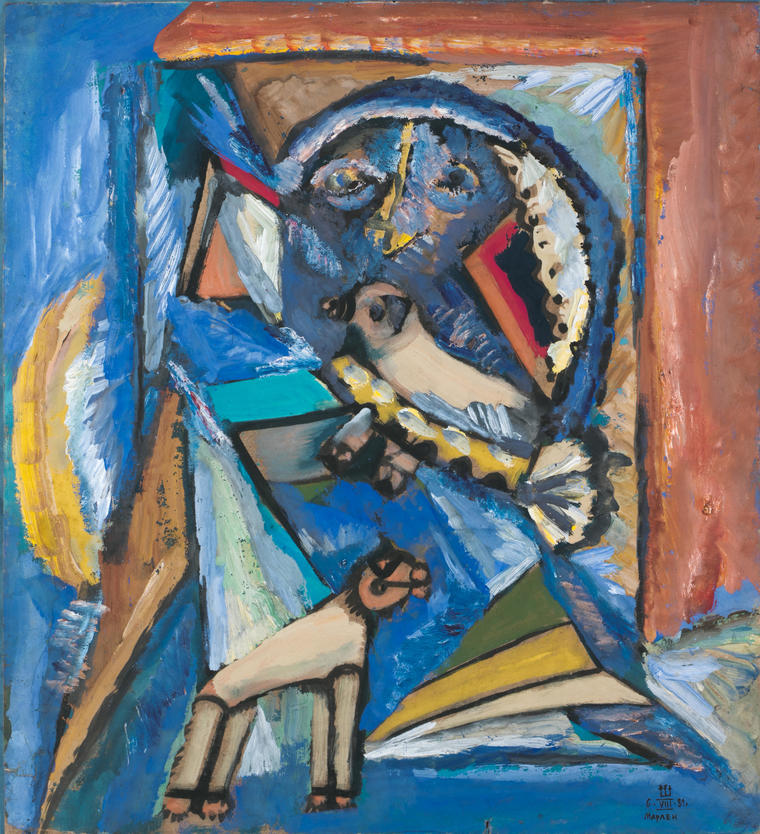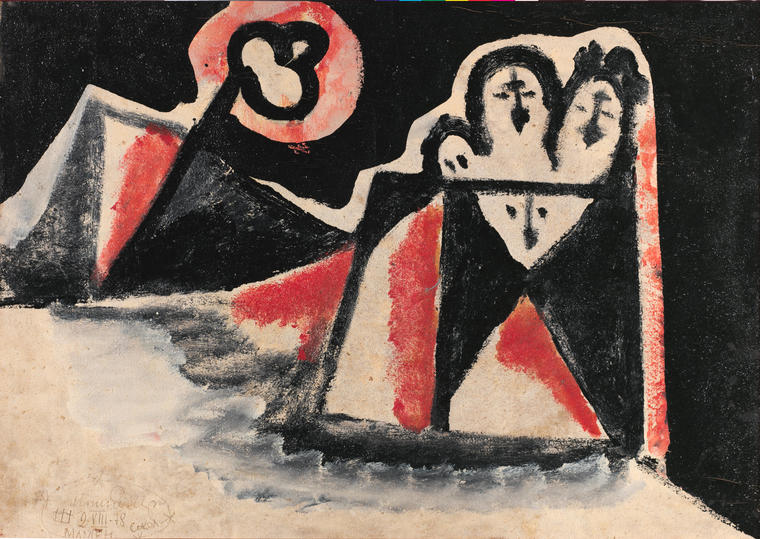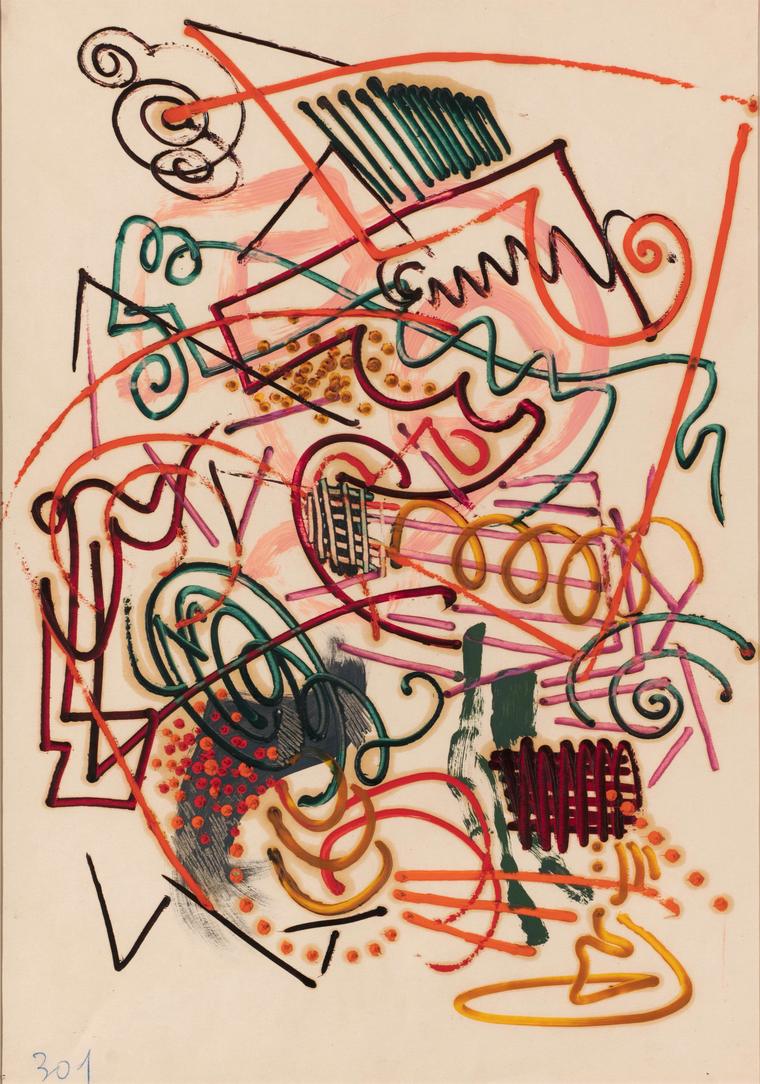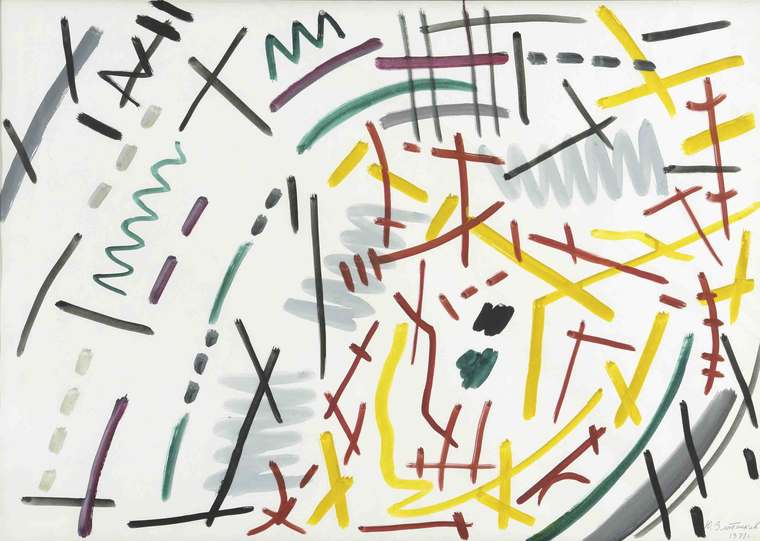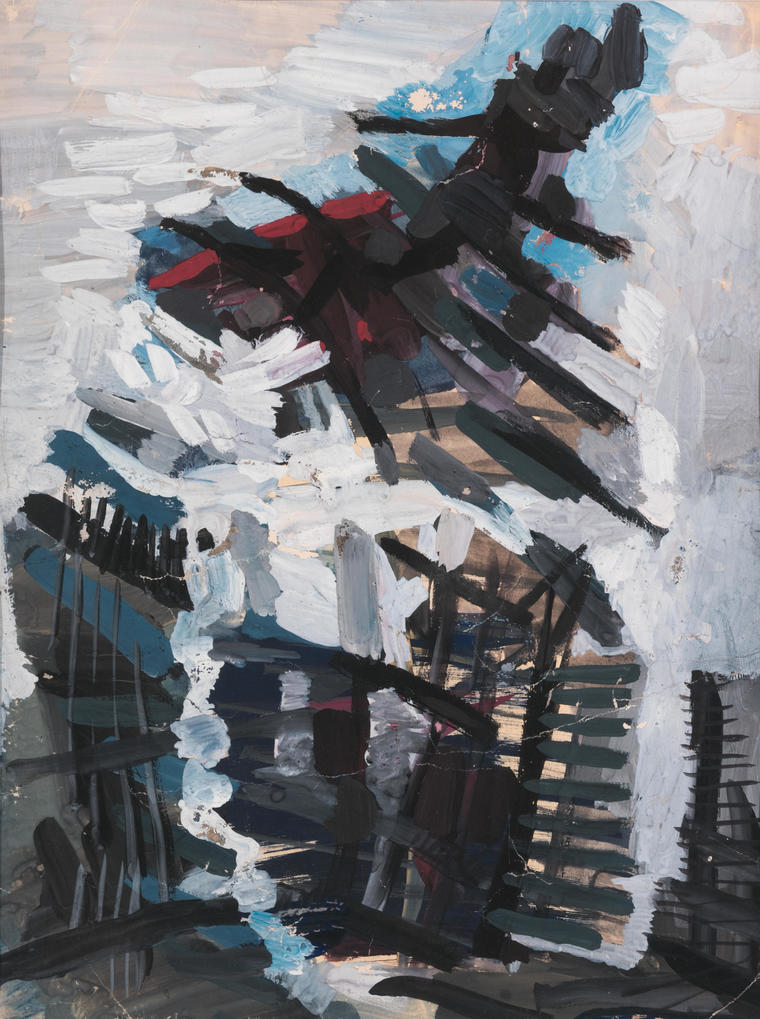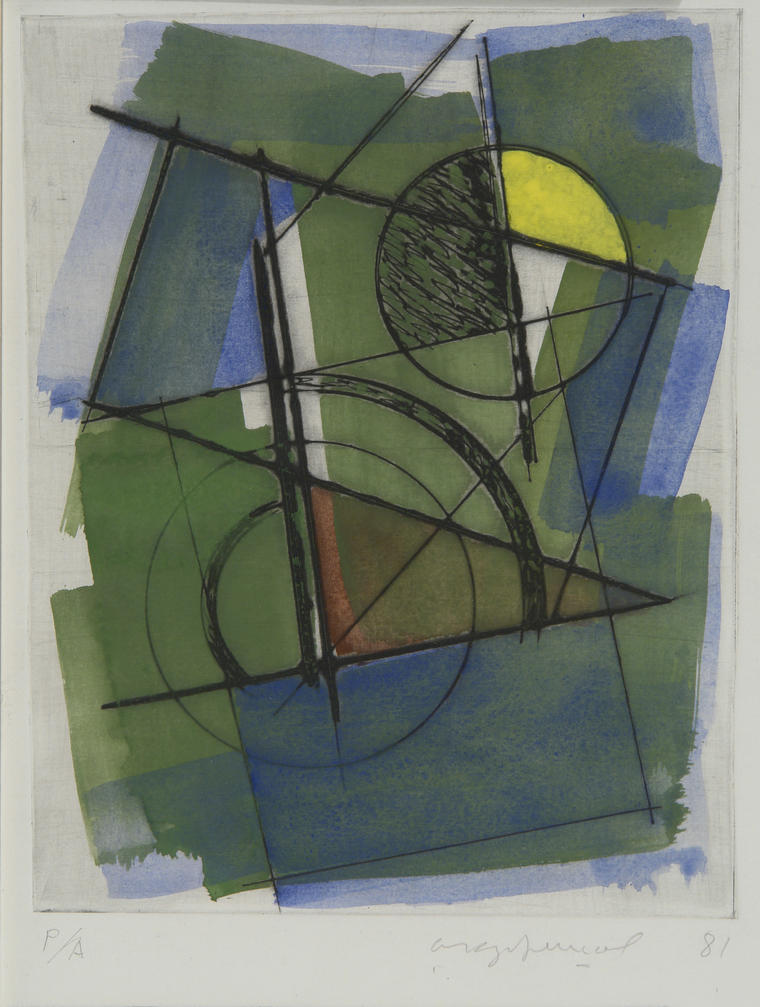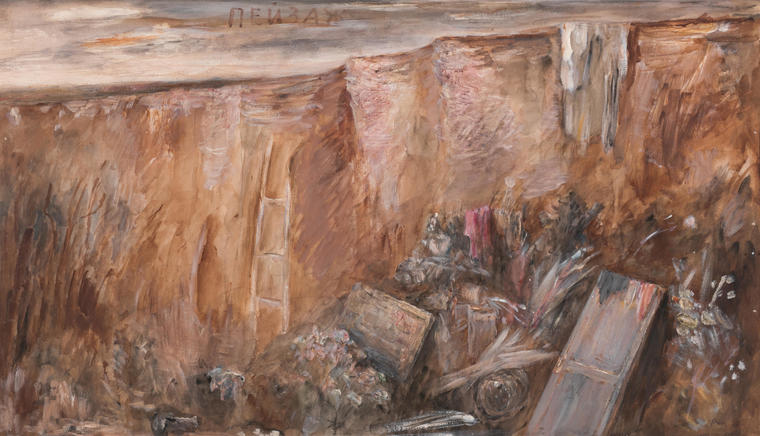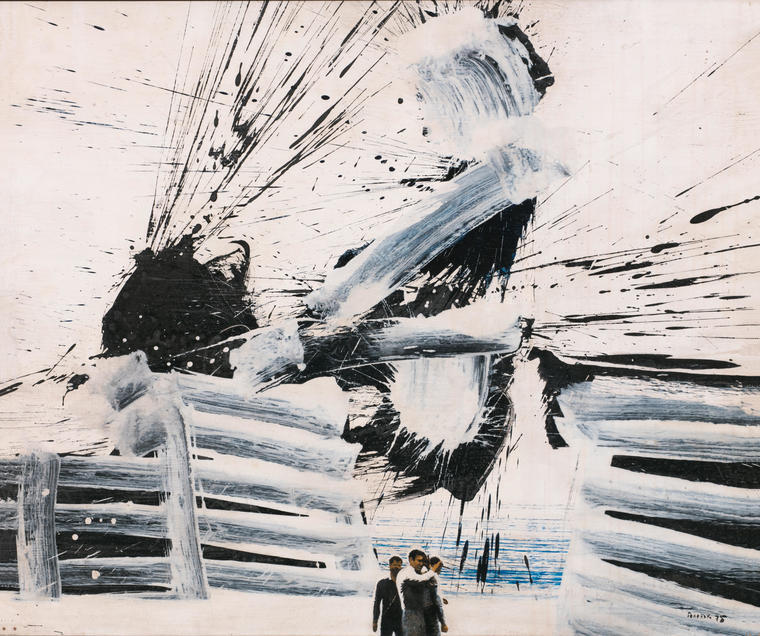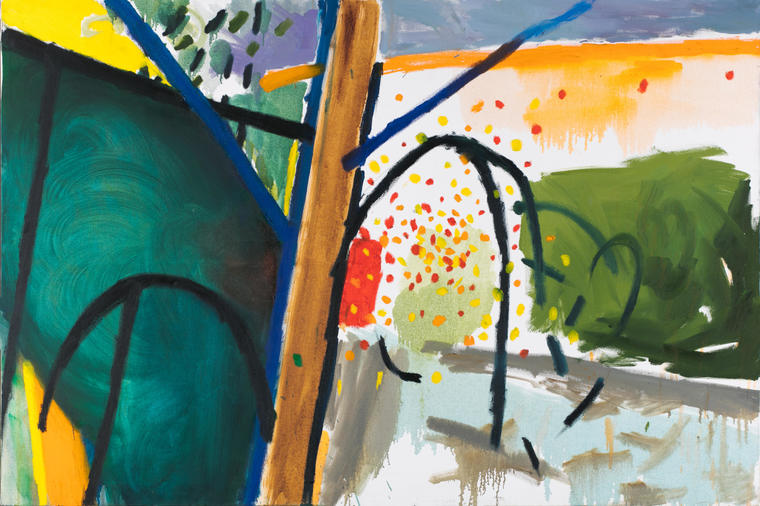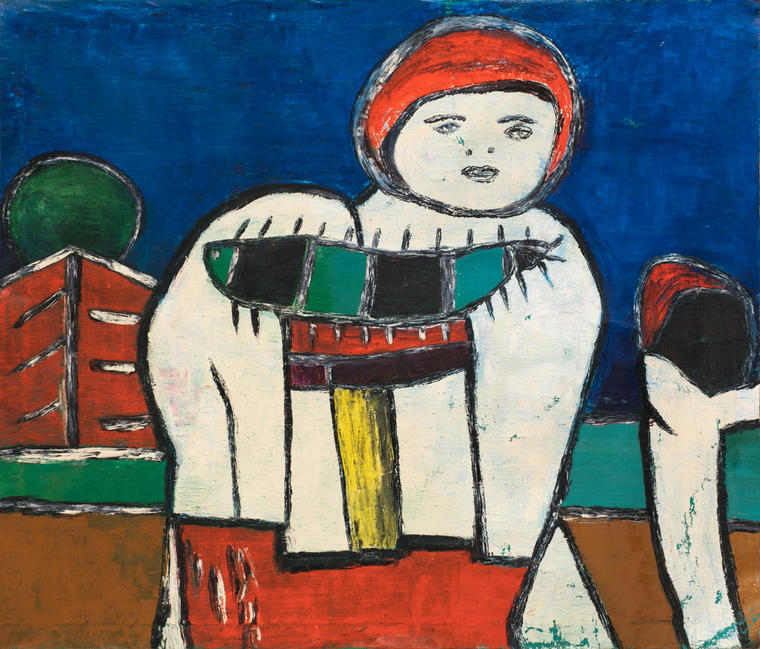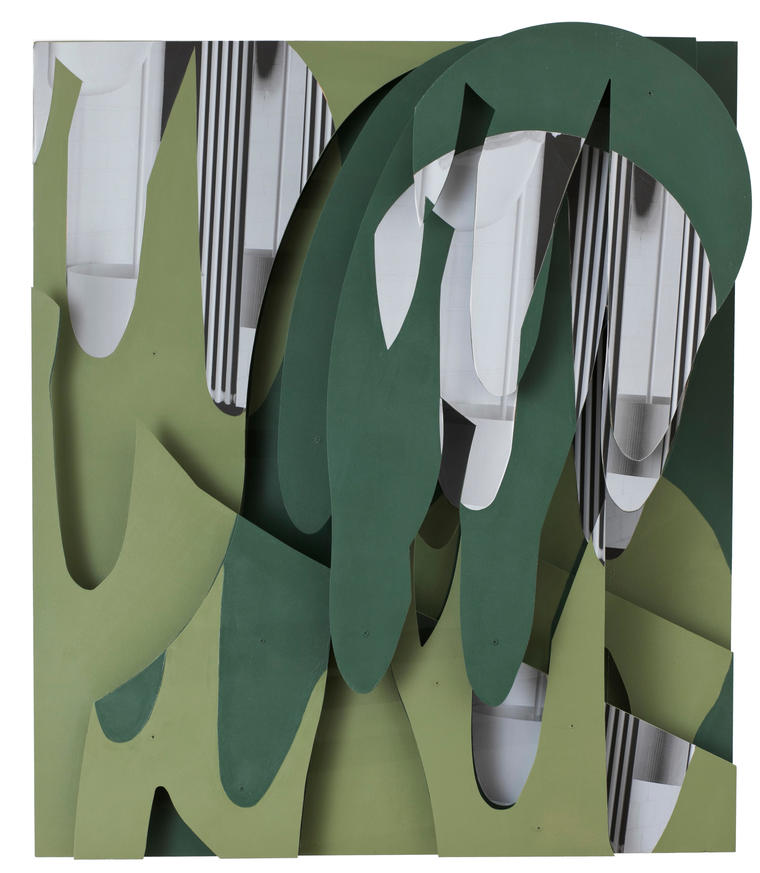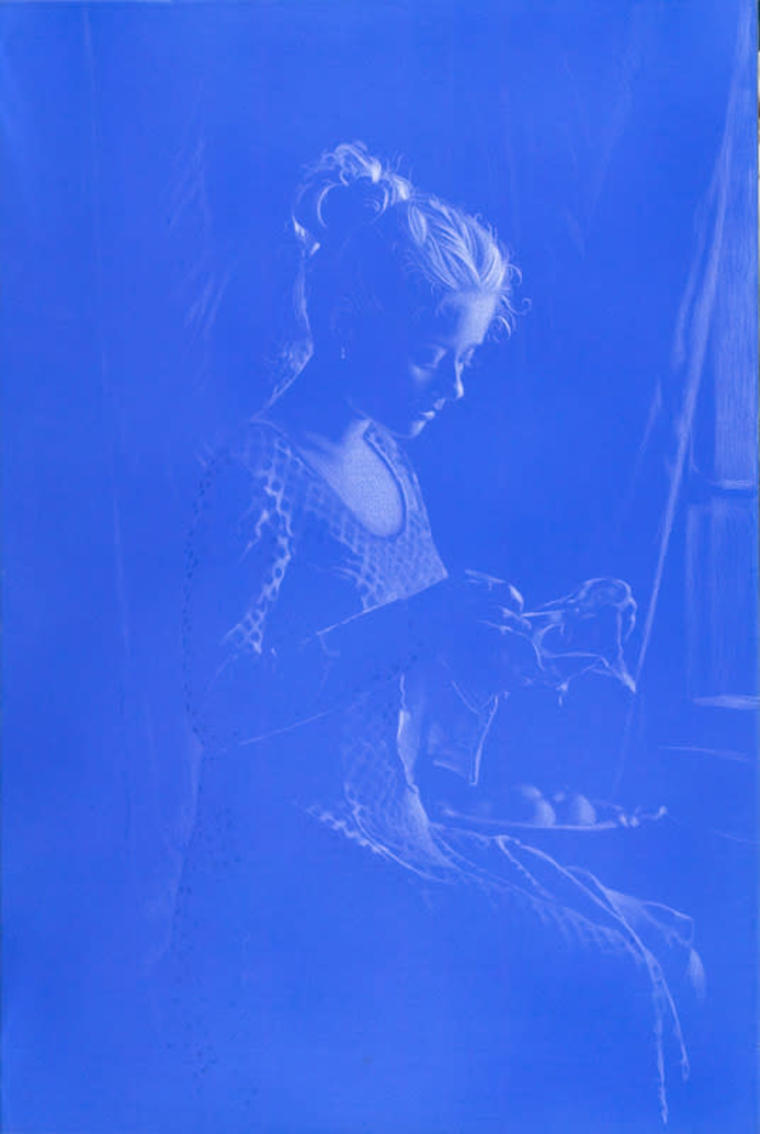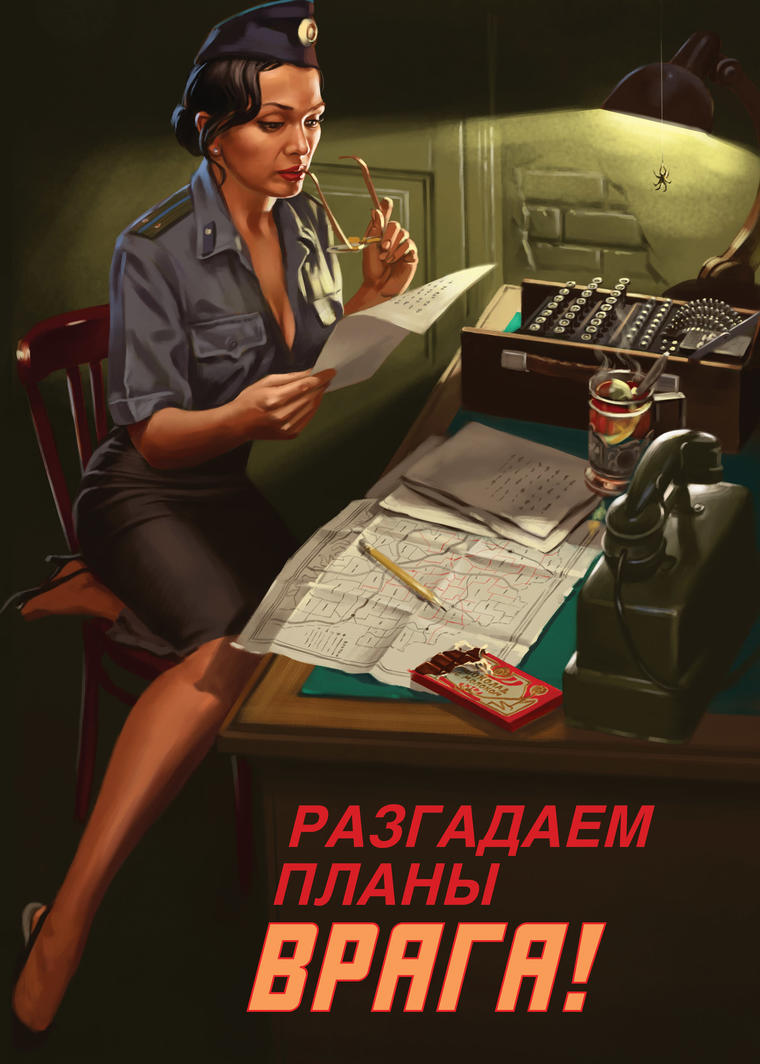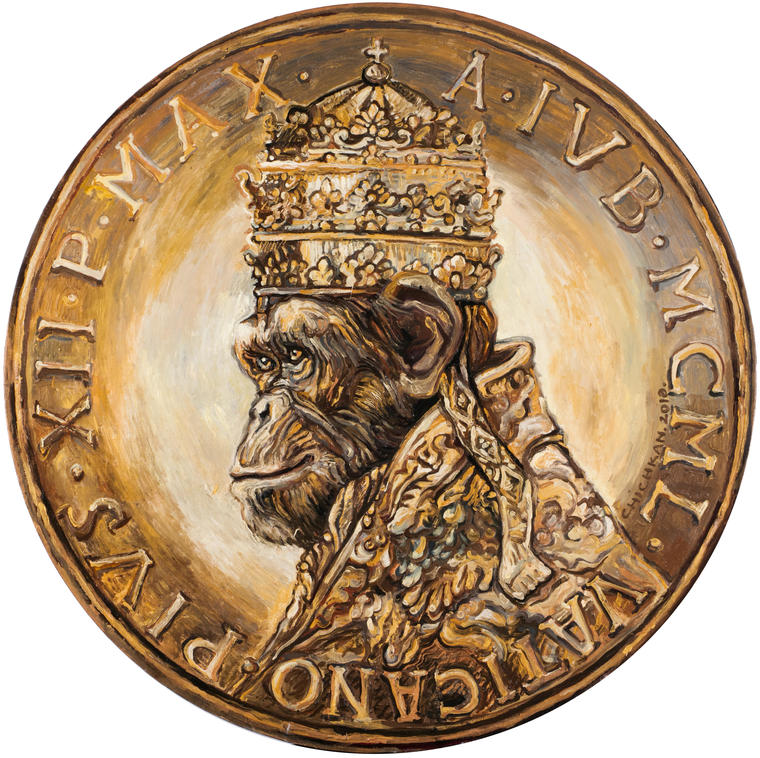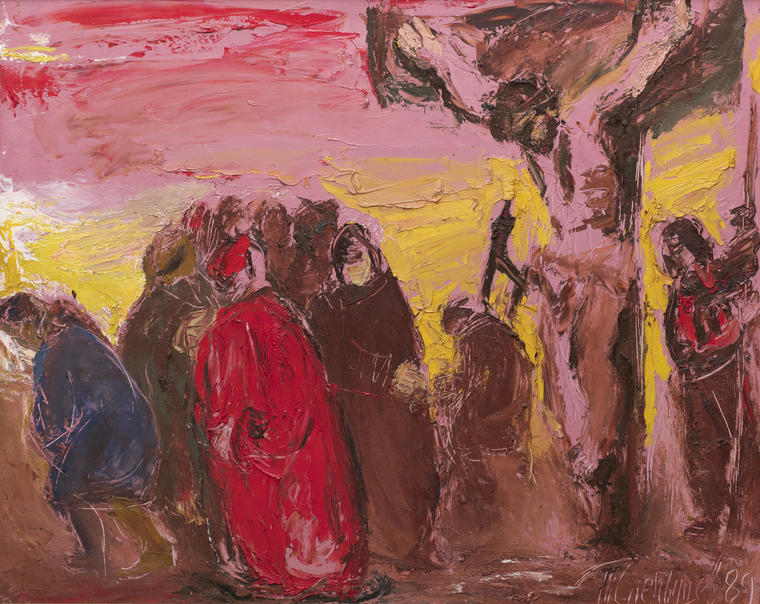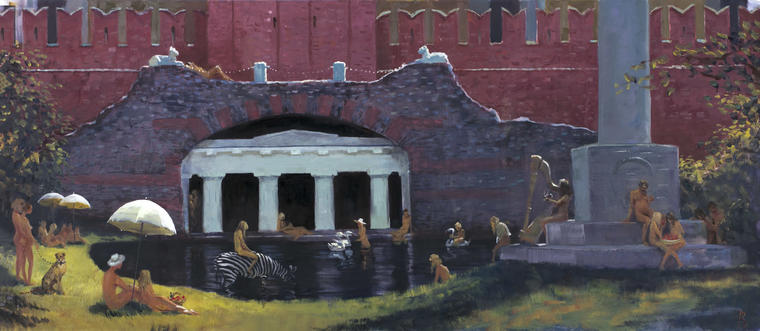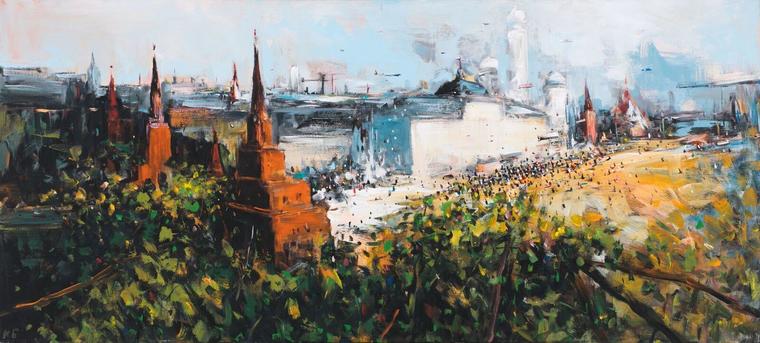Auction has ended

Yuri Zlotnikov – one of the first artists of the postwar period, who turned to abstraction. Zolotnikov is a striking example of the artist of the thaw generation, ready to engage in self-education, self-development, interested in modern scientific concepts, deepening into the theory of art. The way of becoming and the sphere of interests determined the circle of his communication: he was not part of the artistic groupings and communities, but worked closely with physicists, mathematicians, cybernetics, physiologists.
Zlotnikov’s name became known at the turn of the 50's and 60's thanks to his series of abstract works «Signaling Systems», in which he explored the fine arts as a means of communication, with his ability to encode and transmit information. It is important to note that the artist worked in figurative painting in parallel. Although abstraction occupied the main place in his creative search, this choice was dictated by his research interests, rather than fashion trends.
By the end of the 1960’s, when the work presented at the auction was created, Zlotnikov left construction of «hard» systems and turned to the construction of spontaneously-sensual compositions. The artist's task in these works is to investigate the impact of painting and graphics on human thinking. So, in the presented work, the author seeks to achieve equilibrium in the dynamic composition of color spots and shapes. The internal rhythm provides a general «assembled» compositional solution. Different color planes are added to the structure in which the diagonal dominates. The free center of the sheet is surrounded by four groups of objects. White paper color can be perceived as part of the composition or conditional neutral surface. It was the process of creating a dialogue between all the elements of abstraction that was the most attractive part of the creative work for Zlotnikov.
Zlotnikov's abstractions are the way of knowing the world, studying the laws of perception and the tools of influencing the viewer. Each work became a kind of scientific hypothesis, which largely explains the artist's tendency to work in series.
The author is close to Vasily Kandinsky intellectually and in the choice of expressive means – Zolotnikov himself said that he continues the tradition of spiritual searches of one of the first avant-gardists of the 20th century. V
